-
Posts
601 -
Joined
-
Last visited
Content Type
Profiles
Forums
Gallery
Events
Posts posted by ERS Rich
-
-
Plank Glue Up
After getting tired of applying glue to a plank in my hand, came up with this method - apply glue to the previous plank on the model.
Picture 1 shows applying the glue with a toothpick.
Picture 2 shows a dot of Locktite Super Glue Gel Control on each bulkhead, and plank in position.
Picture 3 shows plank installed - nice and tight.
Left out wiping excess with my finger…..
- CiscoH, Der Alte Rentner and JeffT
-
 3
3
-
Have this one in the “pile”, so decided to follow along…..thanks for posting…
-
Using Proportional Dividers
Proportional dividers are an instrument used to divide a line or a circle into equal segments.
Here we are using them at each bulkhead to determine the width of a plank at that bulkhead.
Belt B, and all the belts are 9 planks wide. So we set the divider at 9 for the first strake in Belt B, 8 for the second strake in Belt B, and so on.
What about the curvature of the bulkhead, since the dividers measure a straight line? The dividers will compensate for that as the set point decreases from 9 to 8 to 7, etc.; and the measured distance along the bulkhead decreases. It’s automatic.
The first picture shows measuring the distance from the bottom of Belt A to the mark indicating the bottom of Belt B.Next picture two shows the dividers flipped and being used to mark the width on the plank at the bulkhead - the plank spans 4 bulkheads. Repeat until all the widths are marked on the plank. Color the marks with a pencil.
Last the waste material is removed by moving the plank along the bed of hand plane upside down in a vise. Be careful to keep the plank perpendicular to the bed unless a bevel is needed.
At the stern we want 4 1/2 planks to span the horizontal counter and same for the vertical stern post. So set the dividers to 4 1/2 when measuring these widths. See last picture.
-
2 hours ago, JSGerson said:
Too many jokes about butt cracks...so I won't 😁
Ha! Knew quit a few when I was in the Nav….can’t think of a one at the moment….this is a “family” forum though…..
-
Dealing with Butt Joint Gaps
Occasionally I’ve had a plank come up short after tapering, usually at the bow or stern.
To fix, taper the thickness of a plank at the end, and insert vertically into the gap, the plank acts as a plug.
Picture 1 shows the plank, on the left with it’s end in the gap.
Picture 2 shows the plug, after the plank has been cutoff flush.
Will be invisible after priming and painting.
- Der Alte Rentner, JeffT and WalrusGuy
-
 3
3
-
Keep going, I’m still catching up…..!
Cheers!
-
Belt B - Port Side, Marking the Belt Width
First step is to mark the width of the belt. The plan provides all the needed information. One just needs to know how to find and use it.
The first picture shows the Hull Planking Layout which provides the belt width at each bulkhead. The job is to measure the width at each bulkhead on the plan and transfer the dimension to the model by making a deep impression on the bulkhead with the divider. The impression is marked with a pencil.The measured width is between the bottom of the wale to the bottom of Belt B.
The result is a series of dots on the bulkheads which I try to show with Pictures 2 and 3.
A problem on the starboard side was unclear marks which led to some errors. So this time making sure they are crisp and clear.
-
Belt D Installation - Starboard Side
Belt D base plank width is wider 3/16” vs 1/8” for Belts A, B, and C.
This belt is much easier to install along the stern. First picture shows the open area for the last plank. Notice the plank along side the keel is already installed. Seems easier to fit the last plank between two planks rather than a plank and the keel.
Next three pictures show the run of the planking and the last picture tries to show the plank width difference between Belt D and the others.
Some smoothing has been done, more to go, it’s a job I like to do in stages.
Thanks all for the encouraging words. Much appreciated. So let’s keep this log going…
-
On 6/13/2021 at 12:16 PM, JSGerson said:
Nice recovery on the planking; it's looking great now.
Hi JS,
Thanks….it’s all about making mistakes and dealing with them….they happen all of the time.
I’ve been blending a little as I go, thought is to deal with the wale after completing all the planking.
Will end this log after installing Belt D. And if you don’t mind, will include a link to your log.
Going forward I’ll post pictures of my Constitution after major milestones, rather than construction steps, to avoid redundancy.
Good to hear from you.
-
Good morning....suggest adding a flat and half round wood file to your tool kit....offers tighter control over sand paper....
Looking good!
Cheers
-
- ccoyle, Geoff Matson, Ryland Craze and 1 other
-
 4
4
-
- GuntherMT and Ryland Craze
-
 2
2
-
Belt C Installation - Starboard Side
As before, use the plan to transfer the location of the bottom of Belt C, in relation to the bottom of the wale, to each bulkhead, the stem, and stern post. Picture 2 tries to show the pencil marks on the bulkheads.
On my model the widest part of Belt C is bulkhead F. Belt width is less on all other bulkheads. Belt C will be 9 planks wide along the entire length.
An ongoing problem has been my tendency to leave the planks going into the stem and stern post rabbets a little wide.
Also the mark for the bottom of Belt B at bulkhead P was off, hence a slight up wave at P, noticed this after about strake 6 in Belt B, by this time it was too late to compensate - Picture 3.
Actually don’t mind making and fixing the mistakes - for the experience. Especially when they will not effect the appearance of the model.
After all the work so far, feel confident that I can make a plank into any shape required.
Given that the belt is widest in one location, bulkhead F, even wider than bulkhead P, there will be enough width to compensate for the wave.
Lets see how it goes with Belt C.
- Ryland Craze and GuntherMT
-
 2
2
-
- Ryland Craze and GuntherMT
-
 2
2
-
-
Forming the Forward Planks
Planks along the forward end to the stem need to be formed with a bend and twist, just as the planks on the aft end to the stern.
Planks were first bent into a curve with the bow cedar form. Picture 1 shows the form and a handful of planks after forming.
A plank is then given a short soak, and steamed to reduce the moisture. Next the hull itself is used as a form by clamping the pliable plank along the forward end, and allowed to dry thus establishing the twist, Picture 2. The forward end of the plank is tapered and set in the rabbet.
Later, when dry, this plank will be cut to length and tapered.
- GuntherMT, Ryland Craze and CiscoH
-
 3
3
-
-
1 hour ago, JSGerson said:
I’m just a little ahead of you in my planking attempt of my Conny....
Hello JS,
Using the guide from Mr Hunt as well. It’s fielders choice here, went with the dividers because have a pair purchased years ago, have not had a problem with tightness. As you say. marked the plank width at each bulkhead. Prefer removing the material with an upside down hand plane in a vise, it’s like a mini joiner. Found the difficulty with this is it’s easy for the cut to become a bevel along the tapered edge rather then a right angle. I use a sanding block to square the edge to a right angle.
Mr. Hunt’s method is good. I have the whole set, and have built the Armed Virginia sloop and Pride of Baltimore with them.
I’m deviating from the guide by doing all the hull planking before the deck. Plan is paint for the hull and bulkheads. Deck will be pine stain. I don’t like the brown/black stain for the deck.
I’m going to prime with a light coat of rattle can shellac for an initial seal, take care of imperfections, a light rub down with steel wool, then airbrush, with an Iwata RG-3L HVLP mini gun, a coat or two of artist acrylic gesso. Artists use gesso to prime canvas.
Since I have a Caldercraft Snake kit with copper plates....will paint the copper, again with the minigun, Tamiya acrylic.
The advantage of the mini gun is it lays down a high volume of paint - a wet coat yielding a smooth finish. See Paul Budzik on Youtube.
Thanks for getting in touch!
-
2 hours ago, Keithbrad80 said:
here’s my coppering job, it’s not the best but I think it could be easily improved.
Looks first rate to me, nice work, Bradley- Keithbrad80 and mtaylor
-
 1
1
-
 1
1
-
Belt A Installation - Starboard Side
Belt A consists of about 90 planks, 45 per side.
As before for the Wales, used the plan to mark the belt widths on the bulkheads. The max plank width is 1/8”, the kit given stock is slightly over sized so needed to rip it down to 1/8”. As with the Wales full width planks are used from bulkheads E through M.
A construction paper pattern was made of the stem curve, from the billet holding the stem piece. The pattern was used to mark the belt width on the stem.
Again the proportional dividers were used to mark the planks for tapering.
The wood template for the bow curve (made earlier) was used to bend the bow and stem planks after a soak. An electric steam kettle was used as a source of steam to bend the slight curves in the planks coming off amidships.
A smooth run amidships is easy.
Looking for “sameness” from port to starboard sides at the bow and stern. Pretty close at the bow, a little off at the stern. For me I need to pay attention to tapered plank width, have a tendency to leave them over wide.
Onward to Belt B, interesting as will be covering the remainder of the counter, and rounding the corner to the Sternpost.
- SUBaron, Wahka_est, Duanelaker and 2 others
-
 5
5
-
On 5/27/2021 at 11:32 PM, GuntherMT said:
Quite the stash you have there!
Hello GuntherMT!
Yes, quite a few kits to build.....collected for quite a few years while in corporate....
Here’s the other half......Constitution may be the last plank on frame, at least for awhile. It’s a colossus of planking. Completed Belt A this week, port and starboard together are about 90 planks, this week it took from Tuesday to Friday to complete the Port side.
Thinking, ok I know how to plank, so going forward go with solid hull, which allows more time for topside work.
Bluejacket Maine and Olympia are on my mind.....though they appear to be a colossus of photo etch.....
Also have a vintage Newsboy kit....interesting as it is schooner rigged with a square rigged foremast.
Stay tuned and thanks for checking in....
- Duanelaker, CiscoH and GuntherMT
-
 3
3
-
Thanks KLB.....going forward, after many projects, may no longer build plank on frame and stick to solid hulls....planking is just too time consuming and takes away from fitting out the deck, masting, and rigging.
Scratch building? To each his own. Not sure if I’ll be a scratch builder. In my imagination I’m operating a ship yard that constructs ships. Shipyards take components made by others and assemble ships. That’s why I like kits.
For me taking a single piece of wood, say for the stem, cutting it up into little components, then glueing it back together, is a head scratcher. Why not make the stem out of a single piece of wood and scribe and color lines for the components? Would an observer be able to tell the difference?
I have a cabinetmaker/furniture makers bias, why spend time on something that either isn’t visible or can be done a faster way.
It’s all good, everyone is different, as it should be.
Cheers
-
-
Hello, like this ship and decided to follow along....thanks....

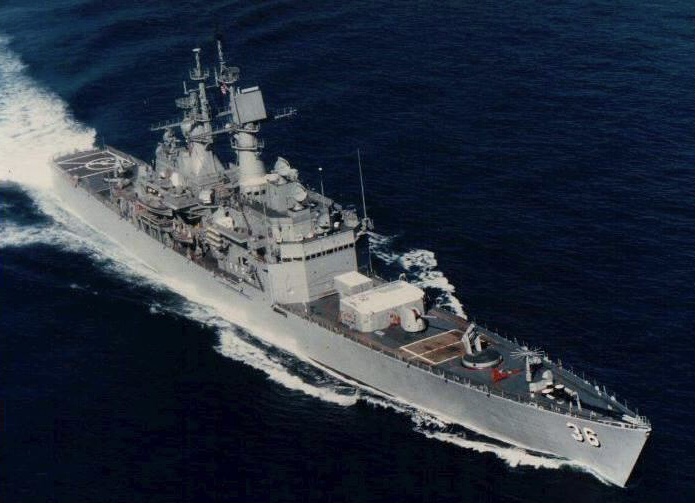

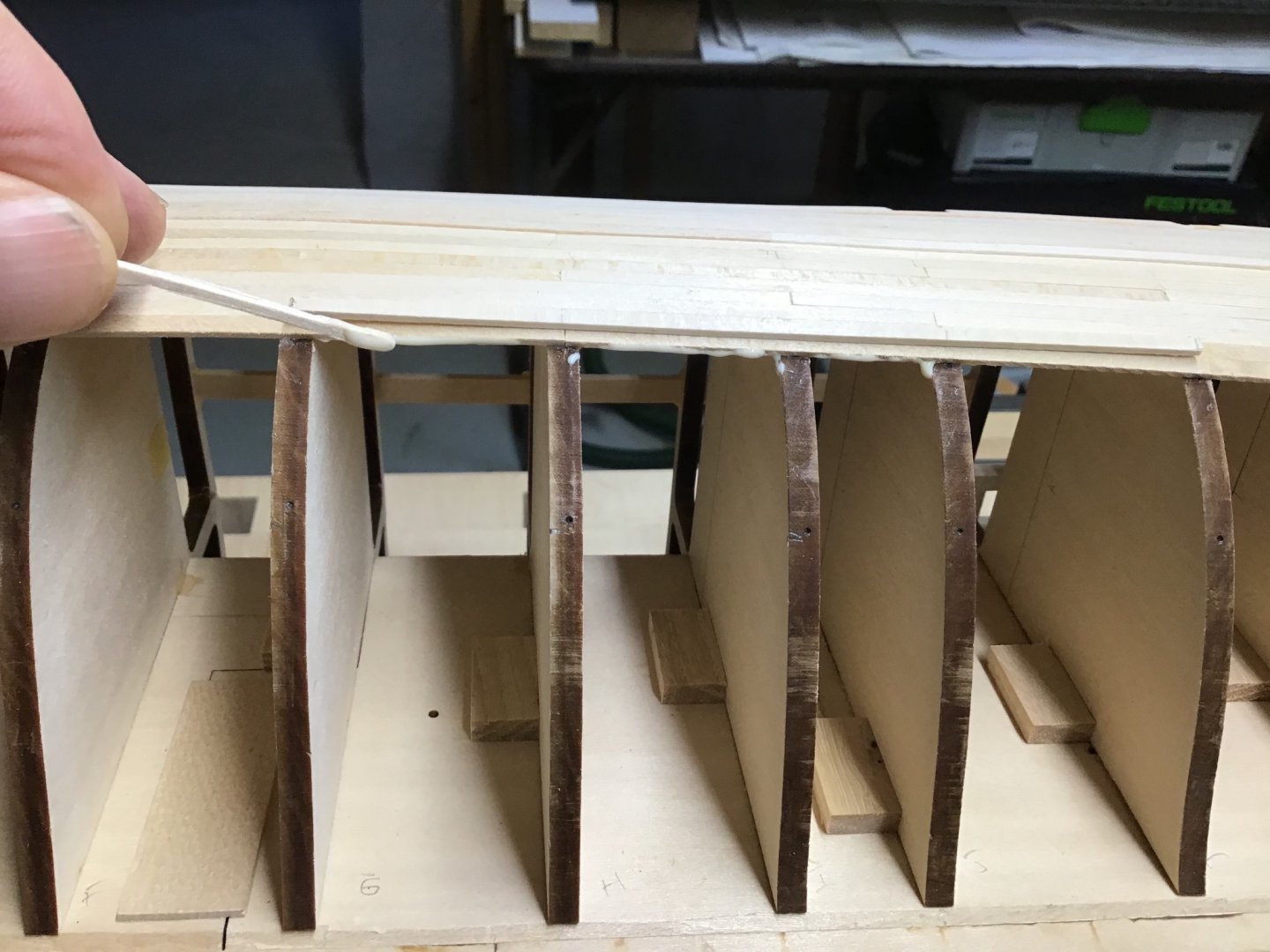
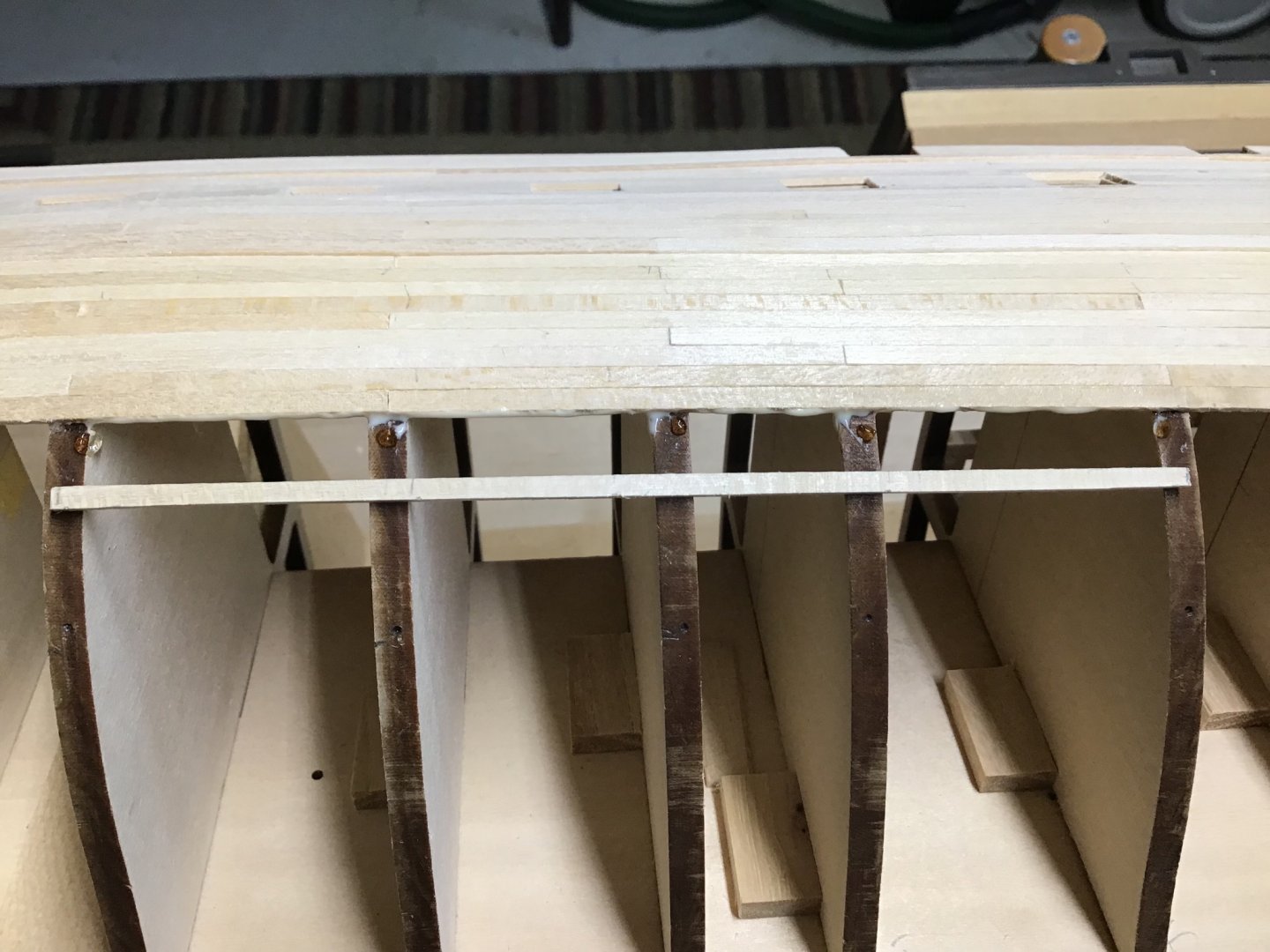
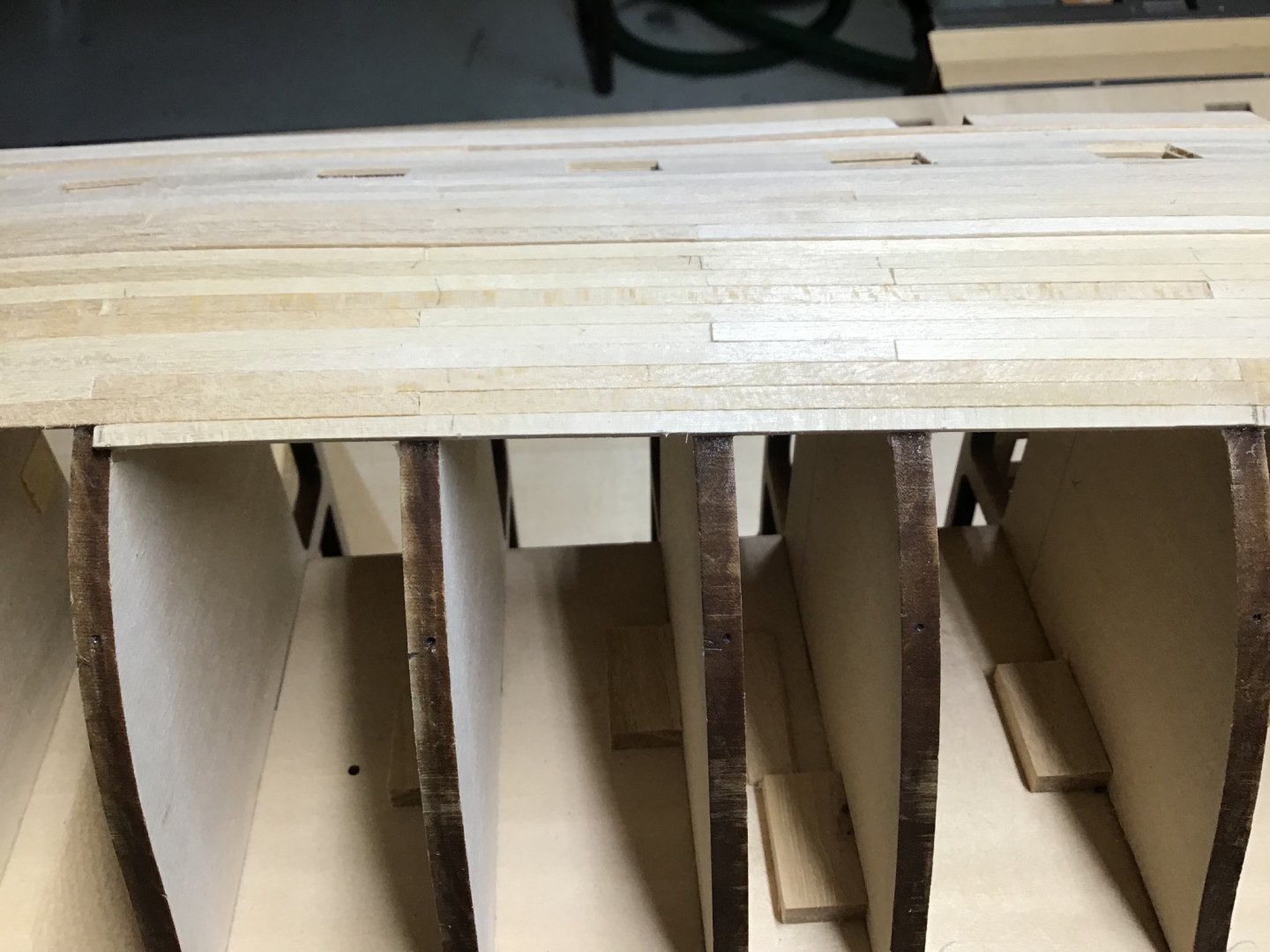
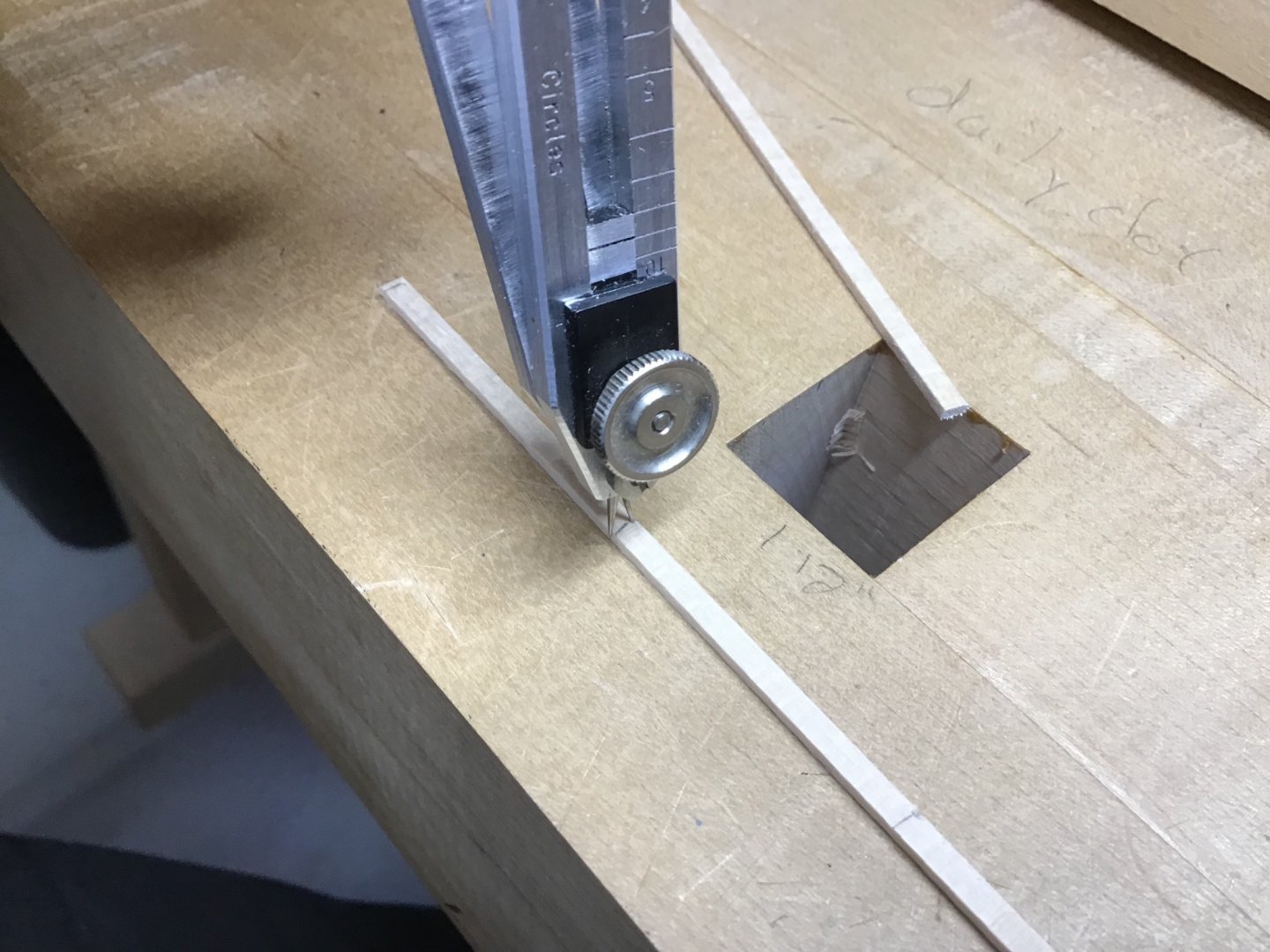
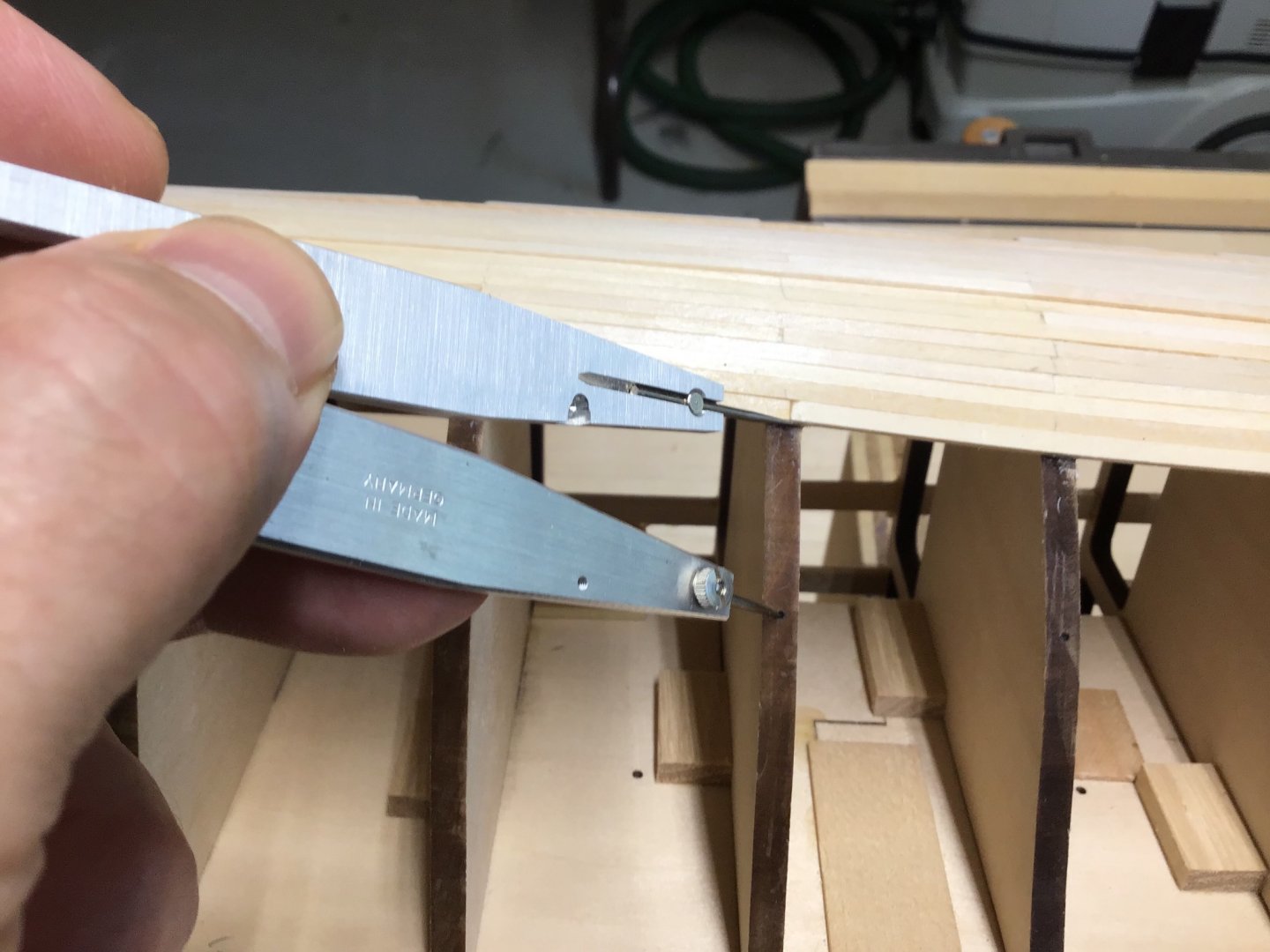
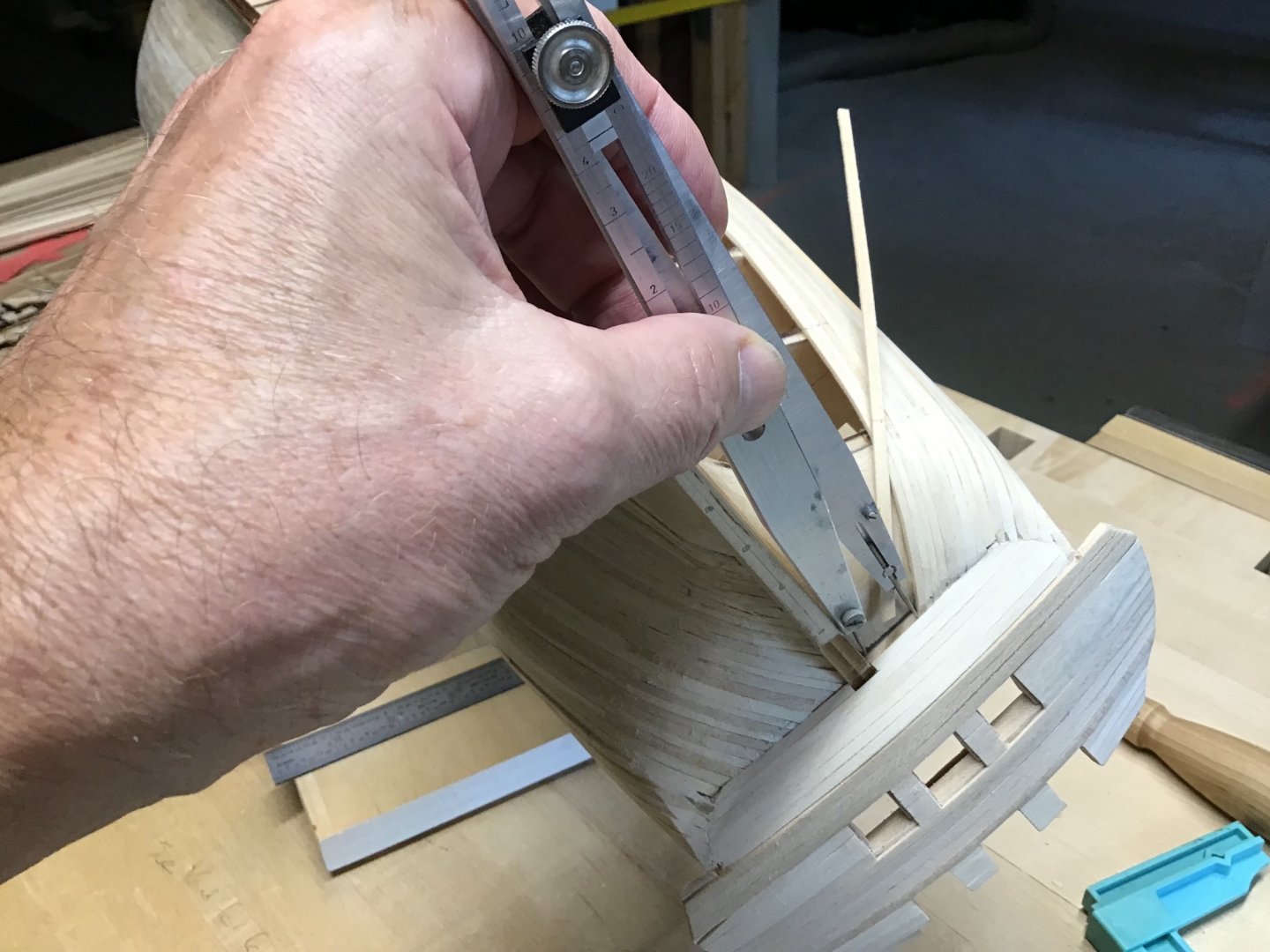
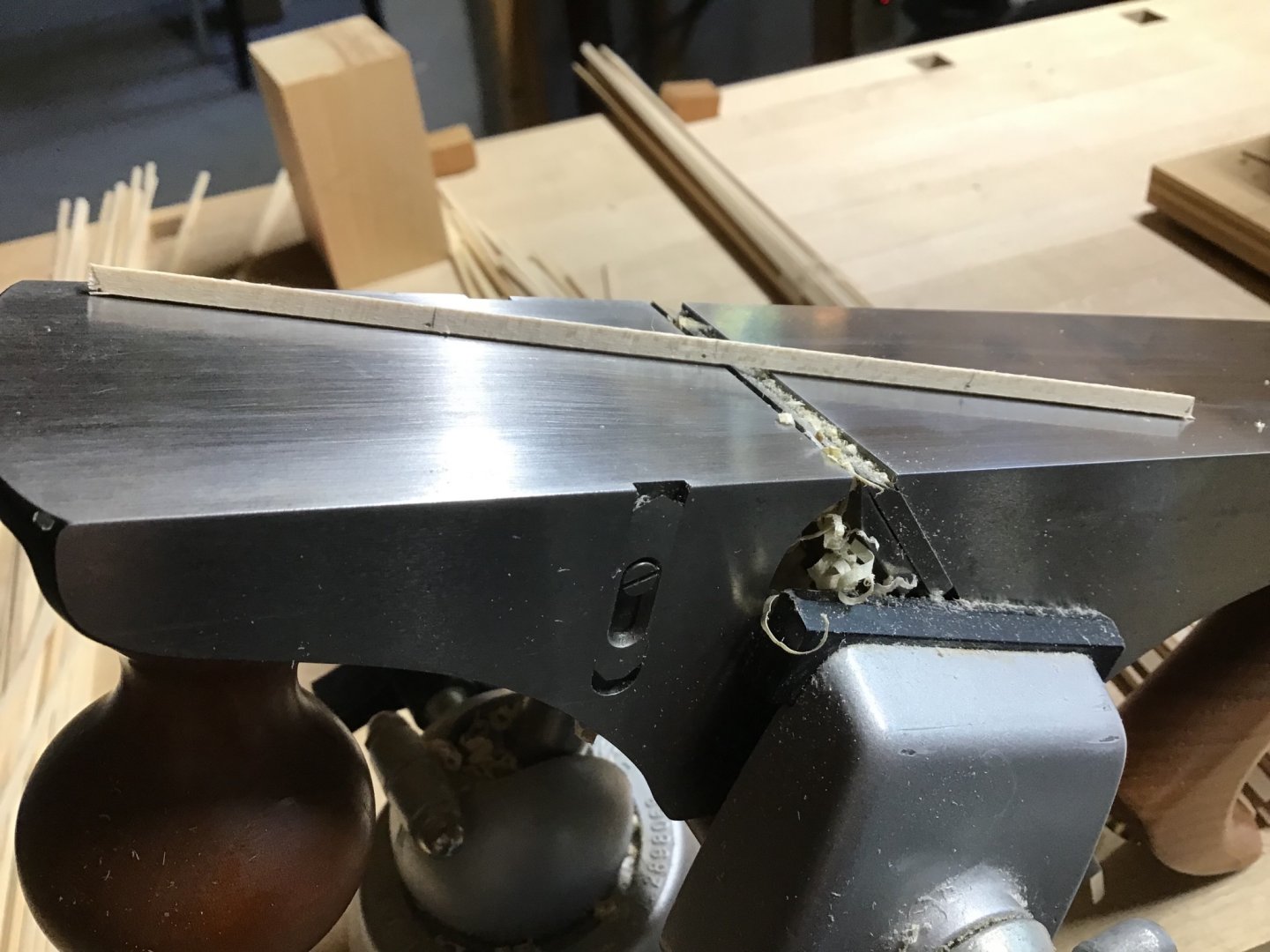
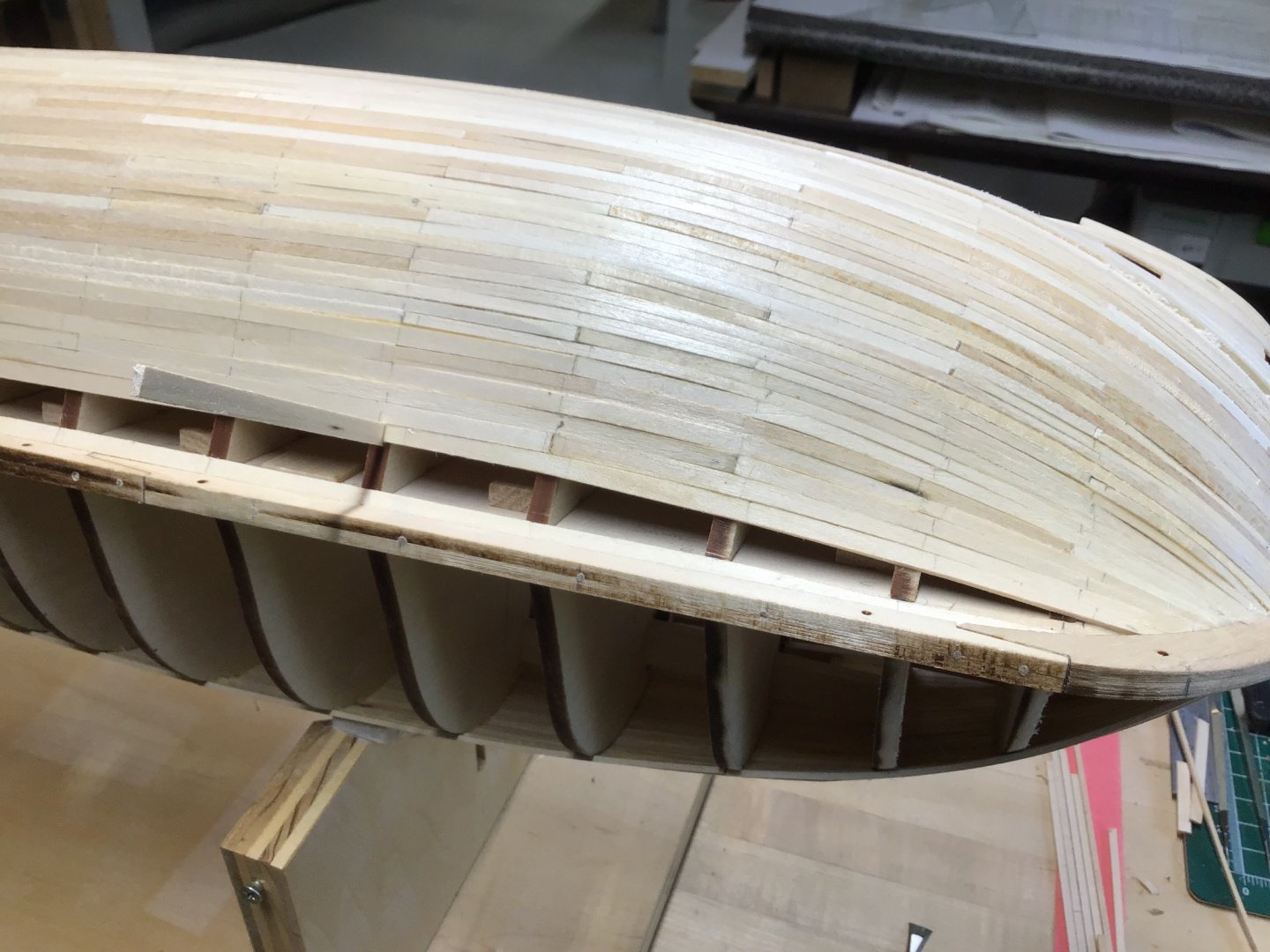
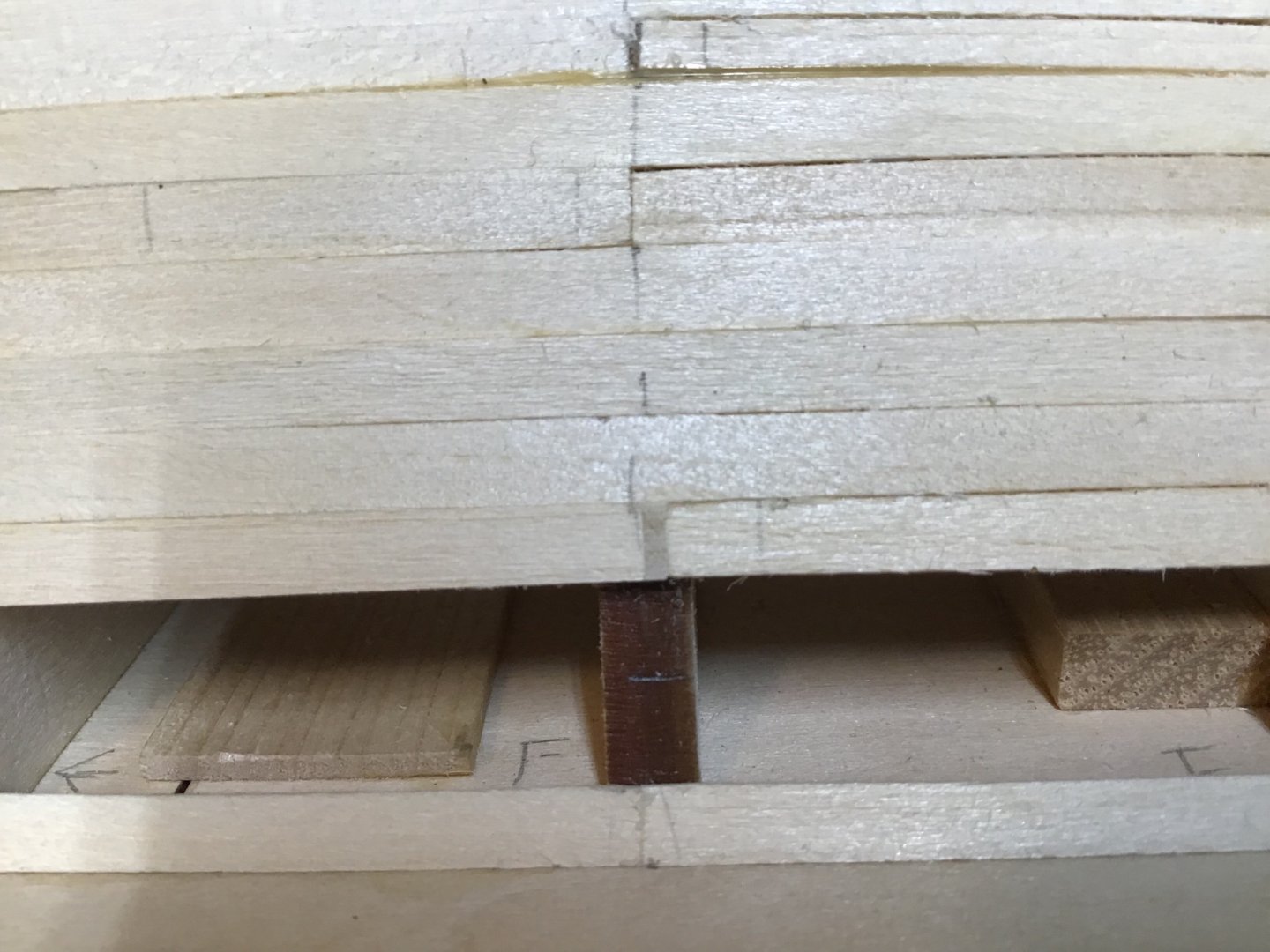
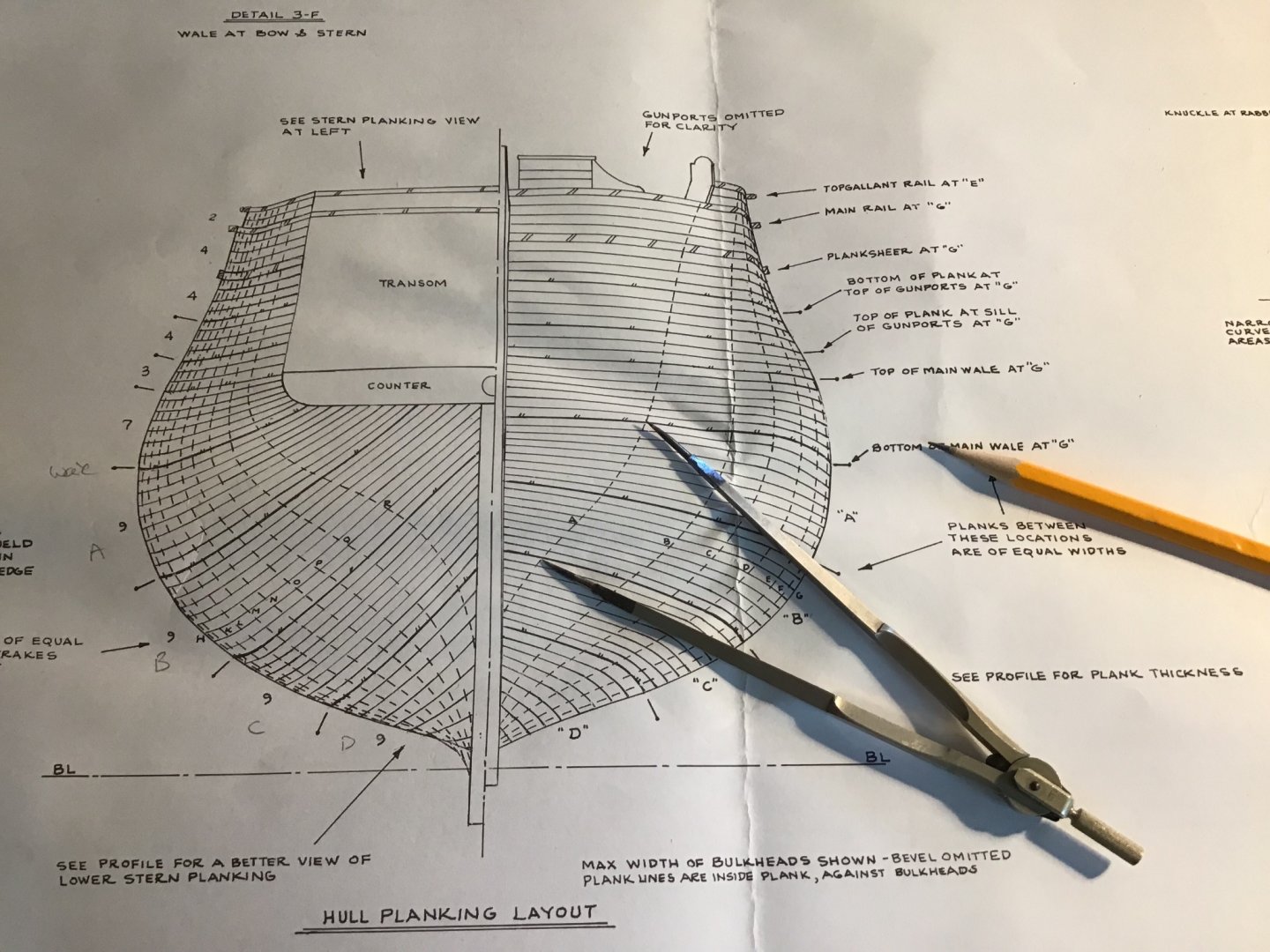
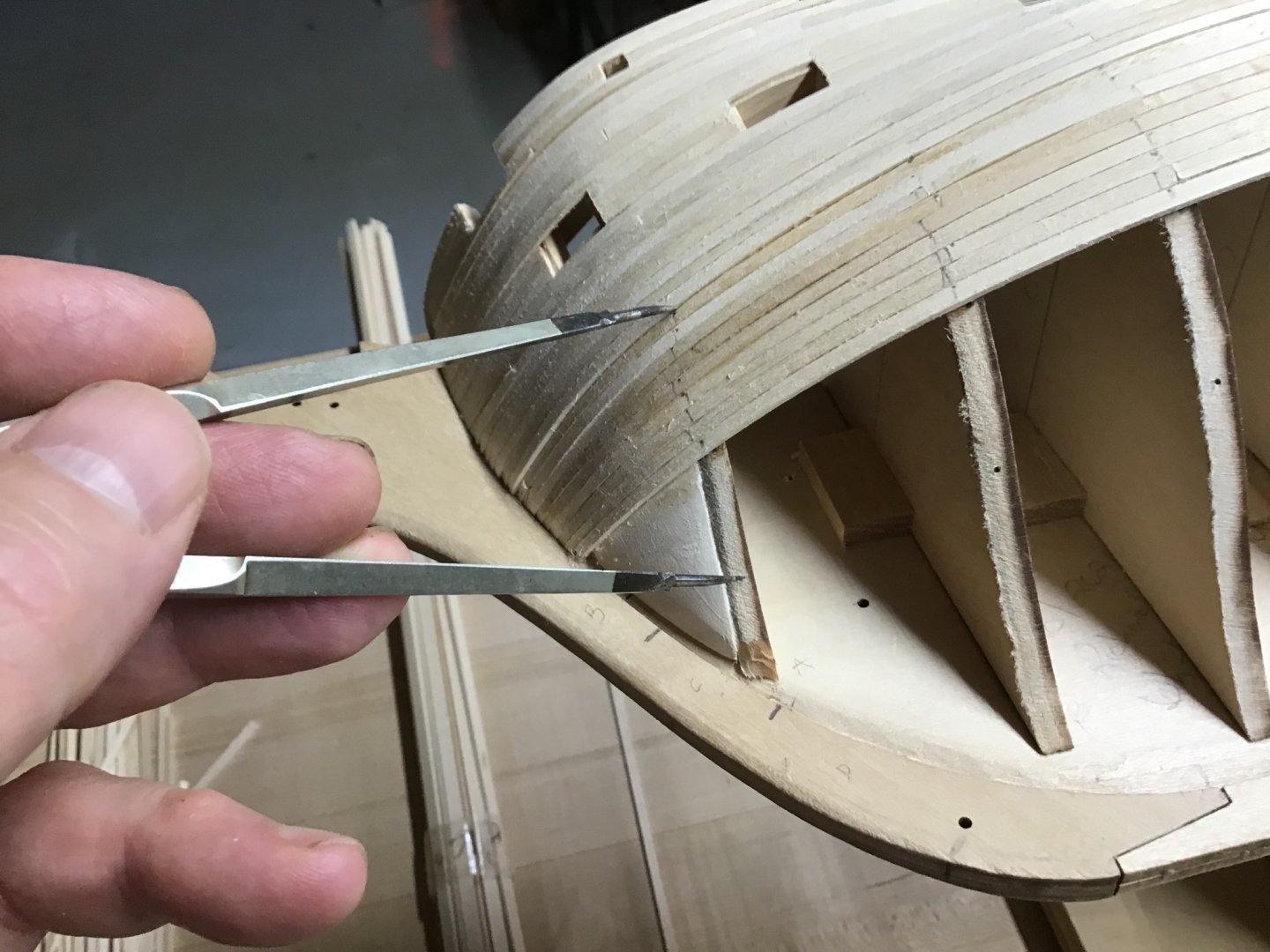
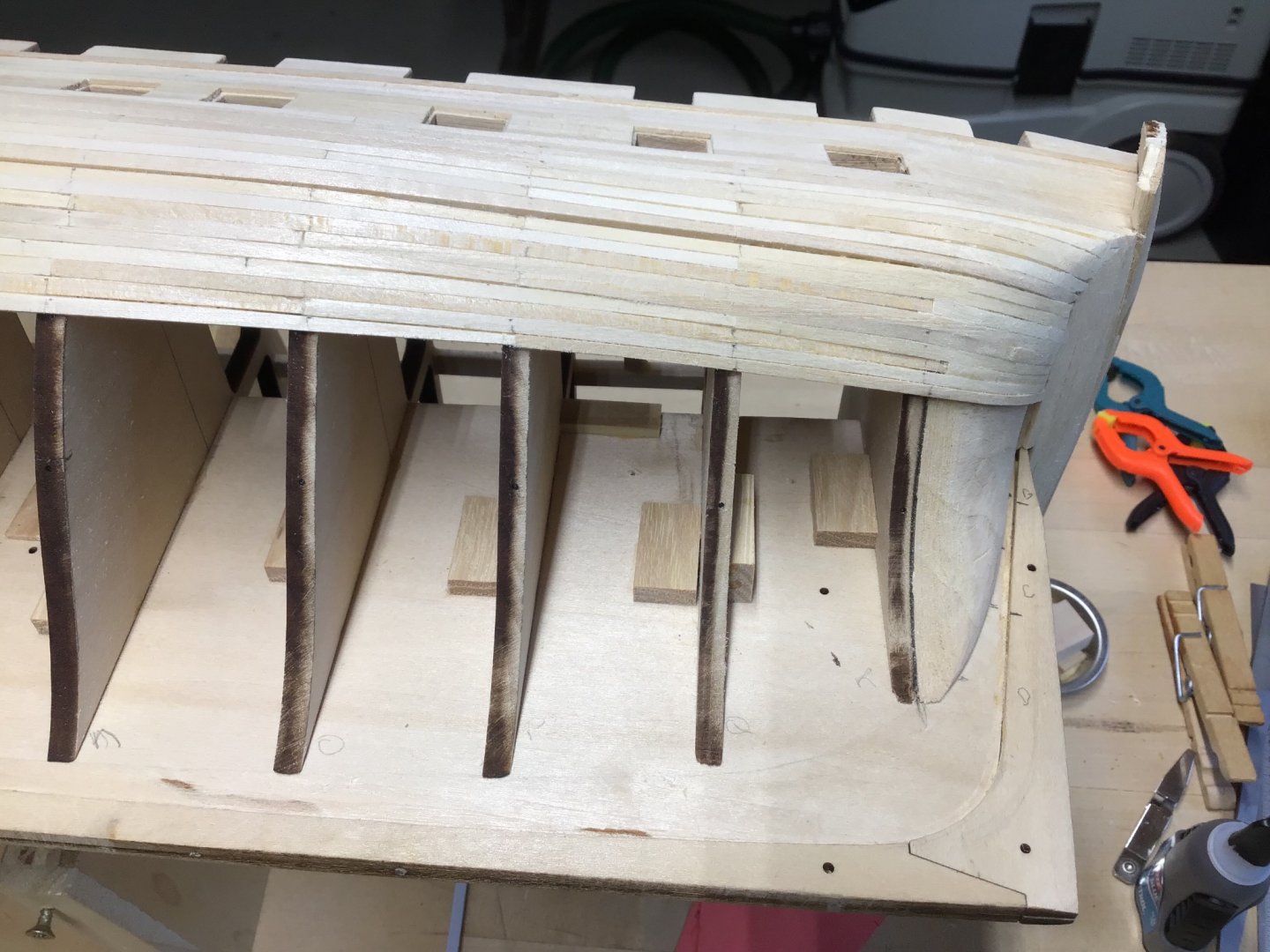
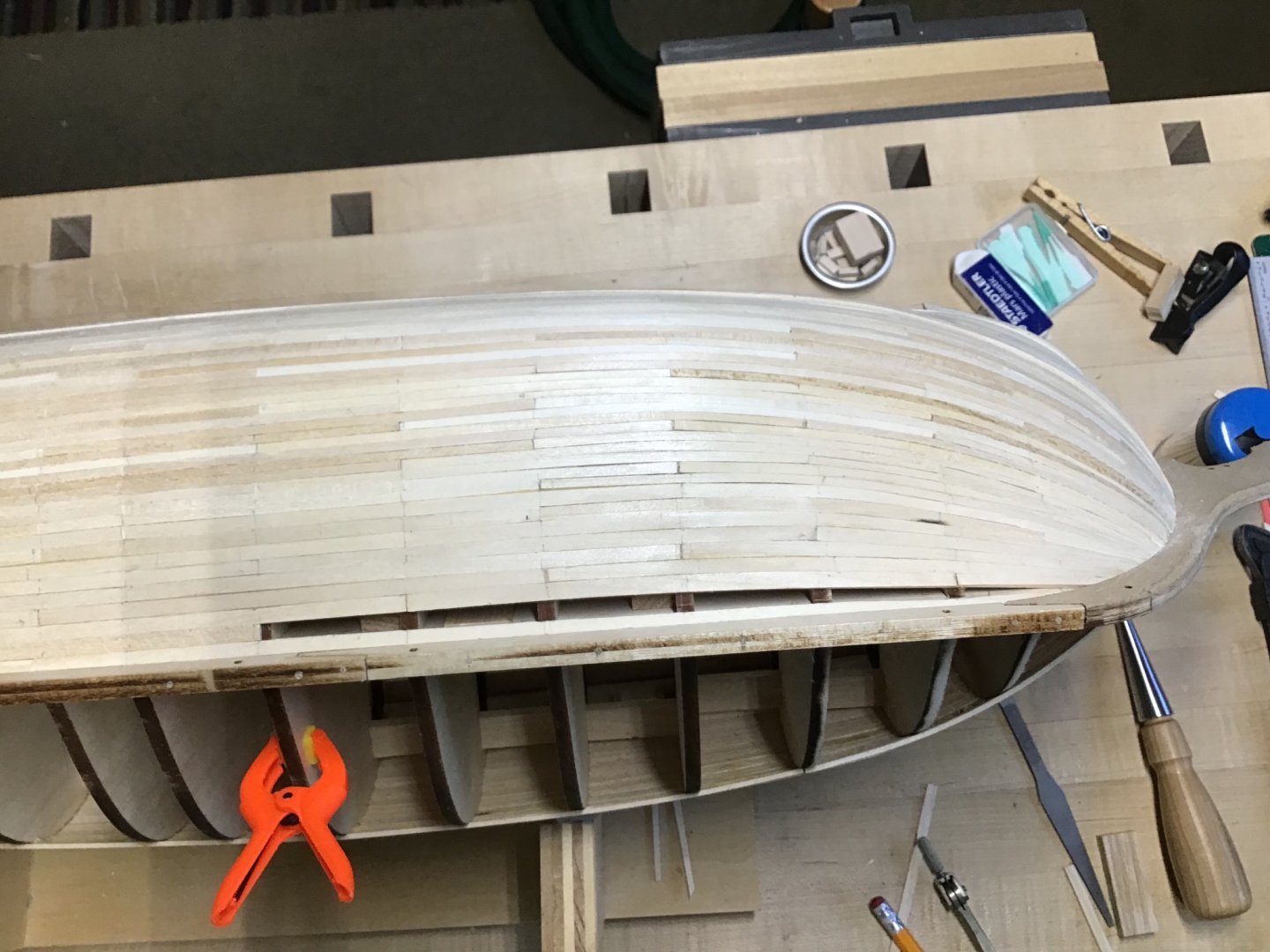
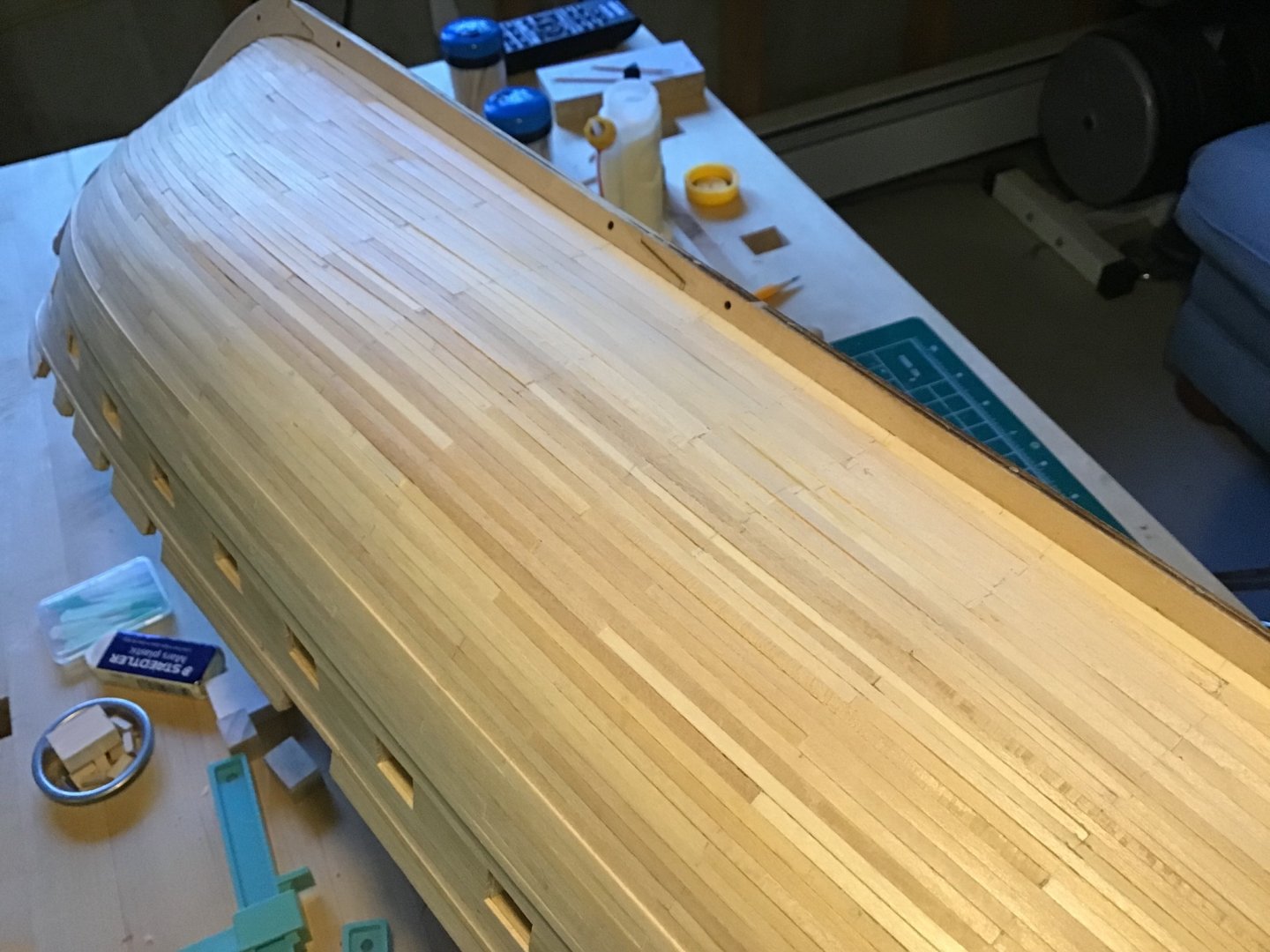
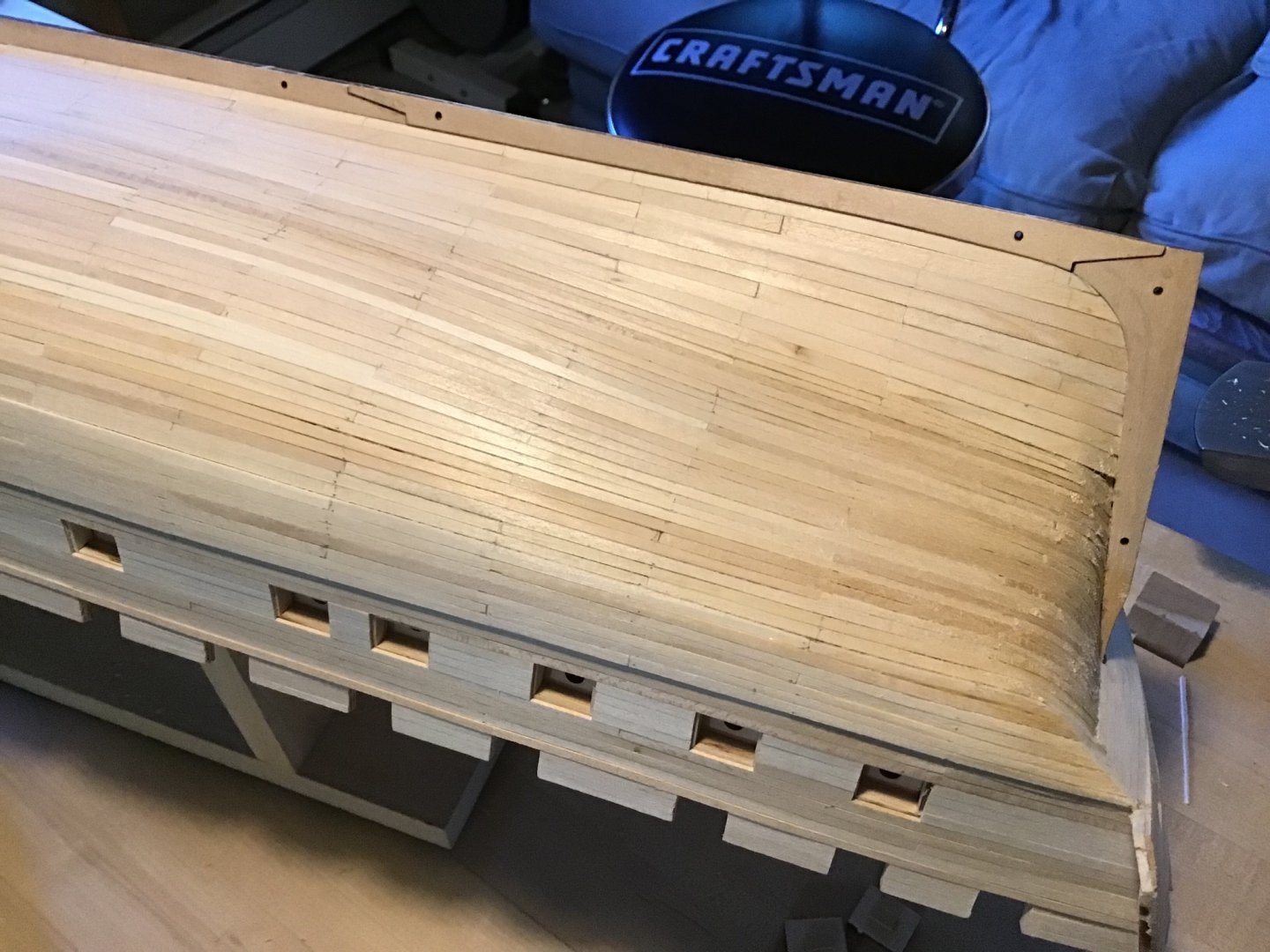
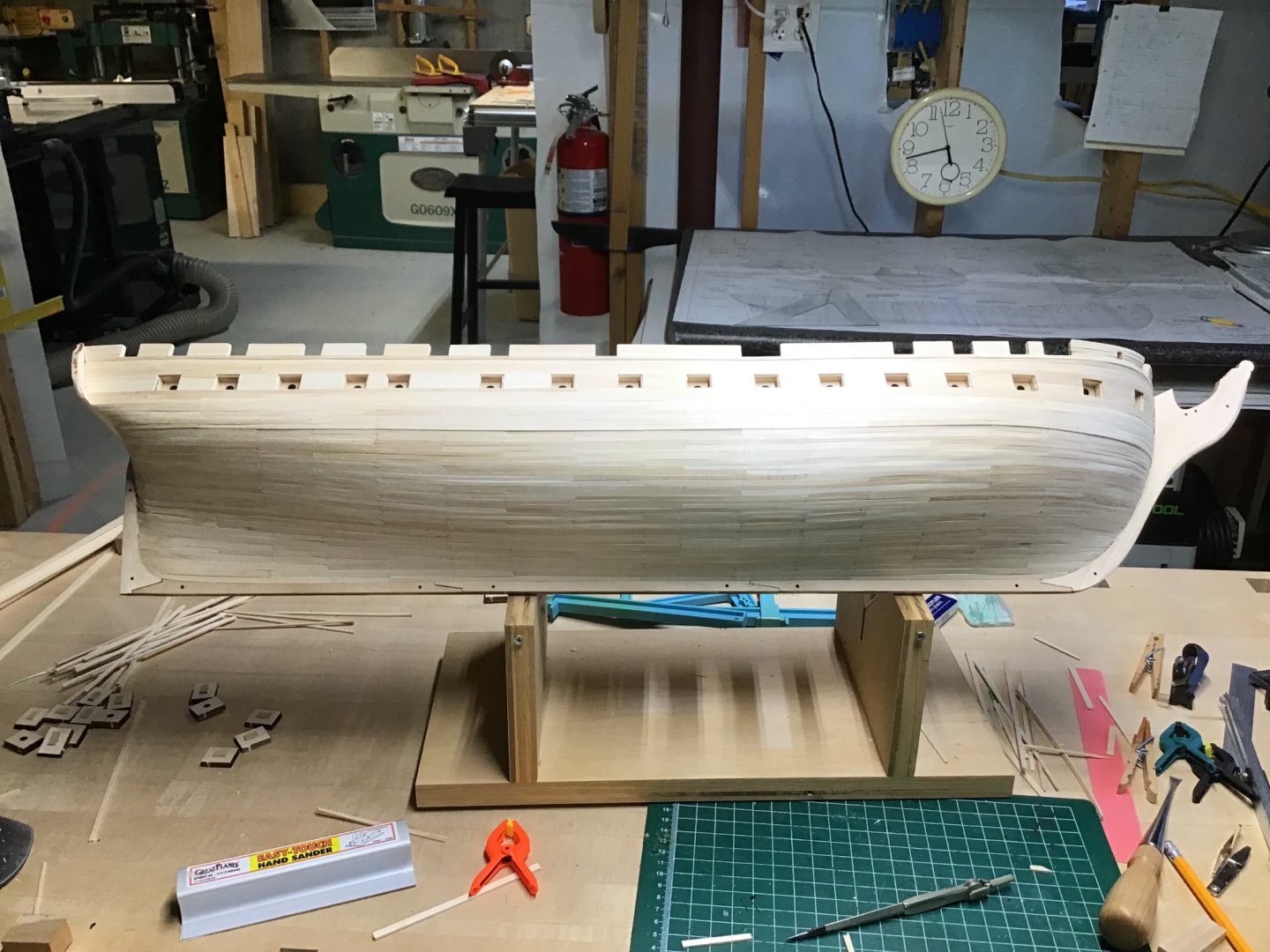
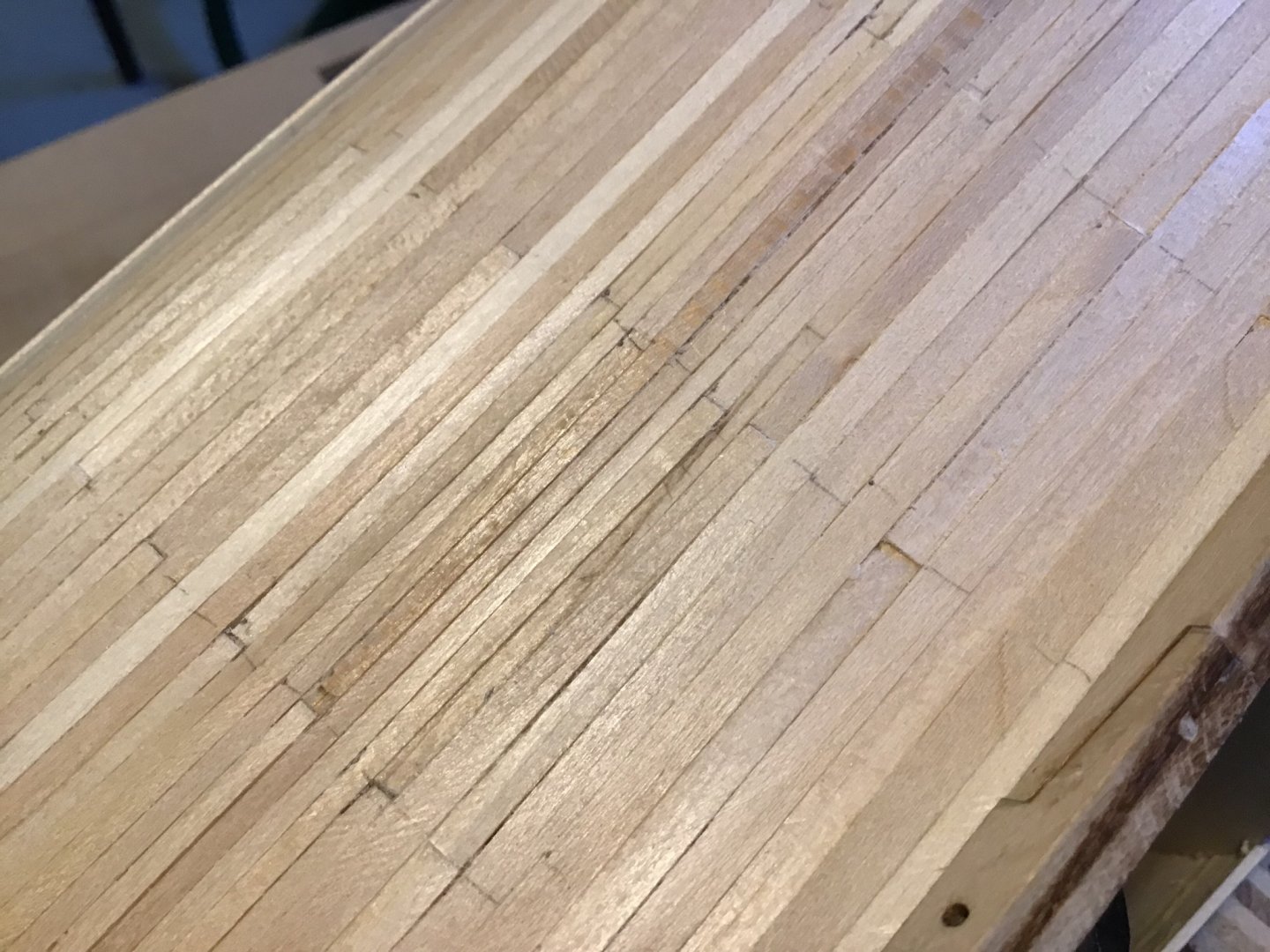

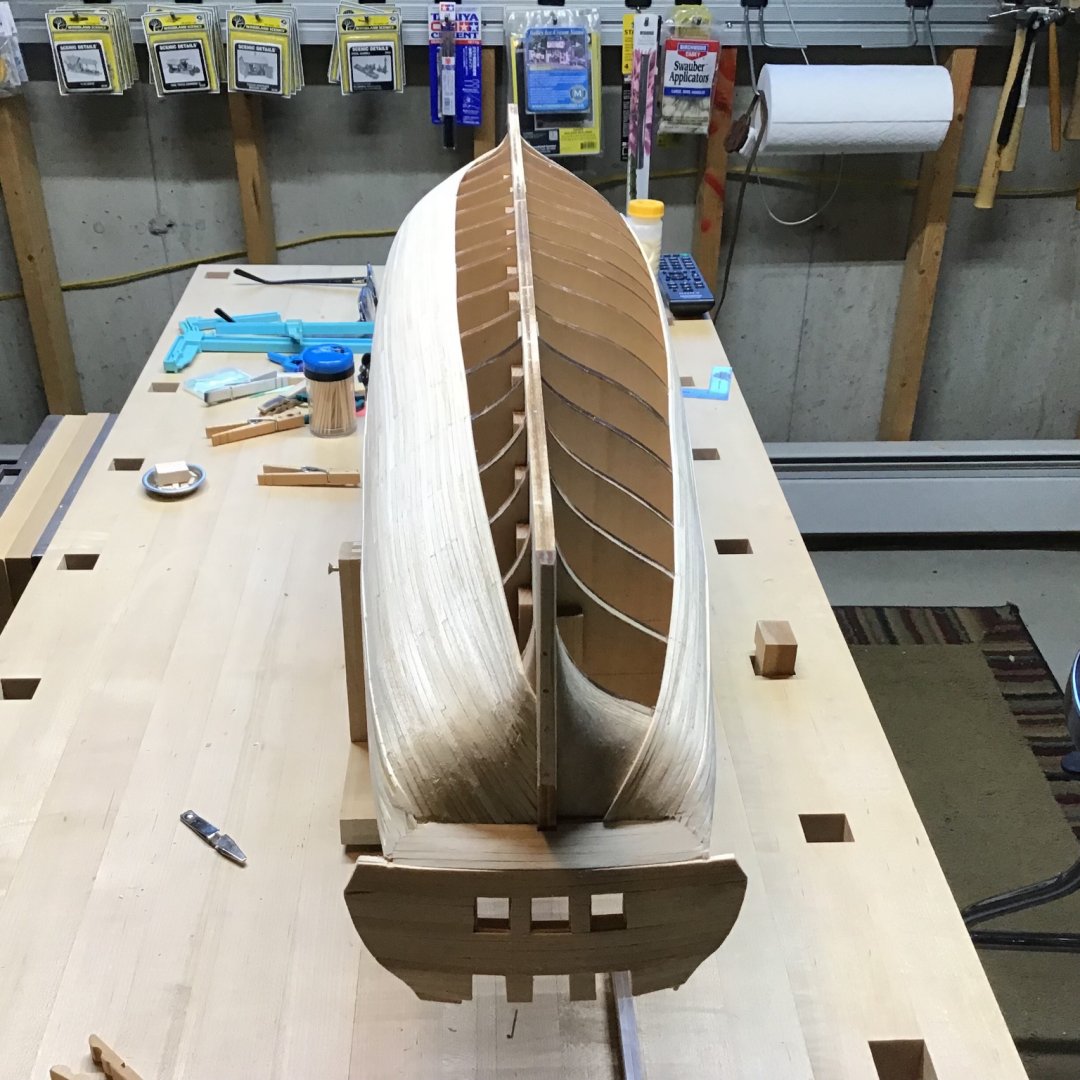
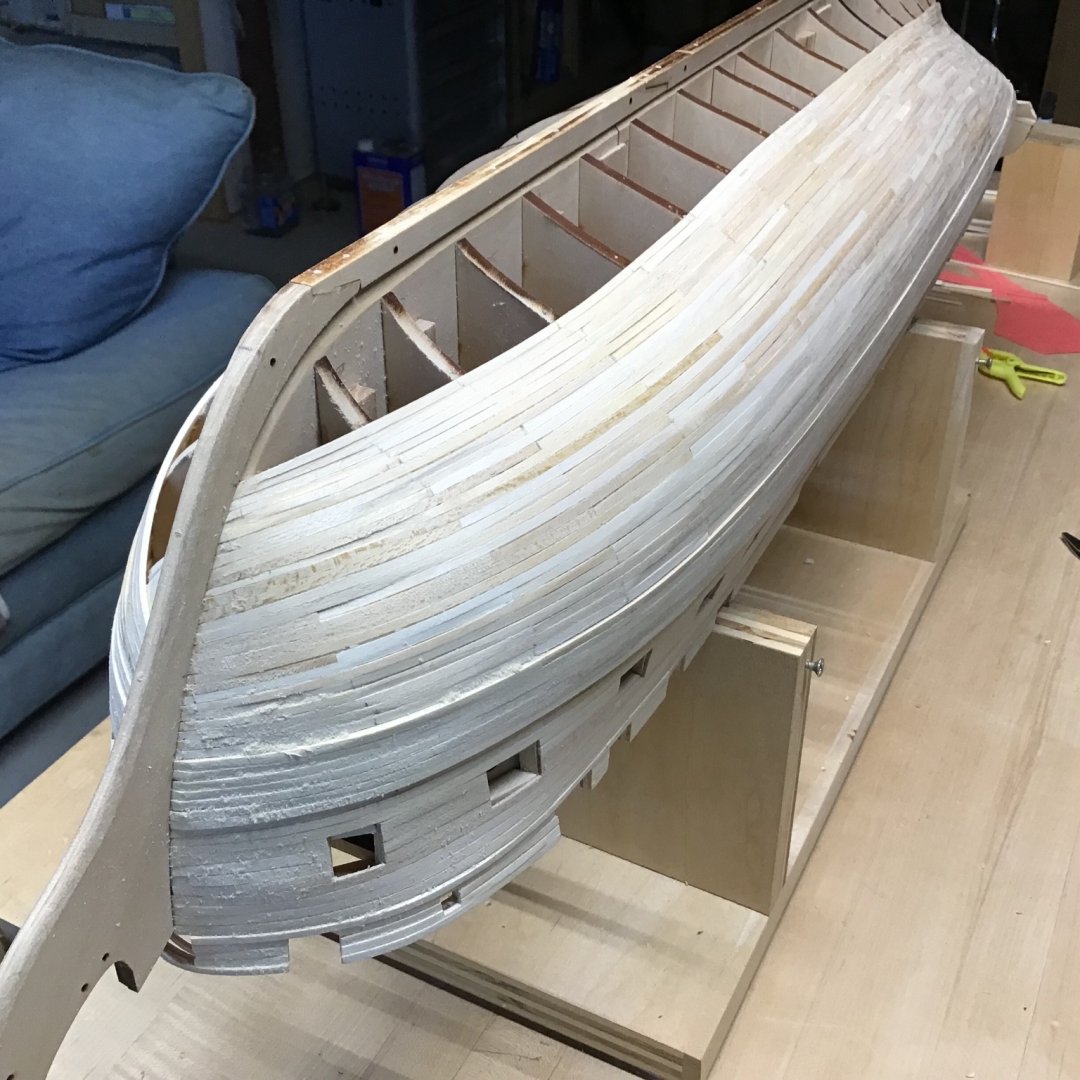
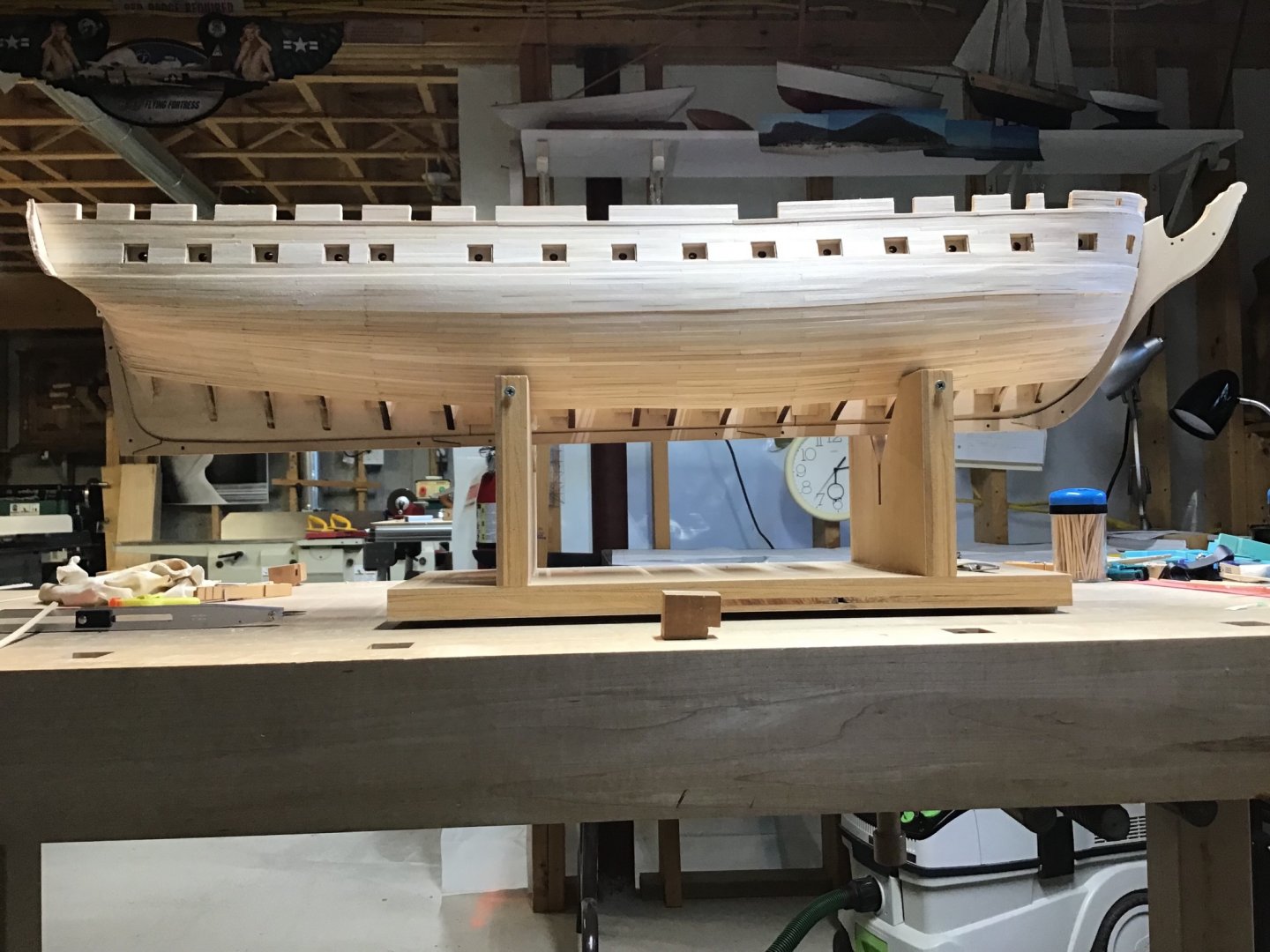
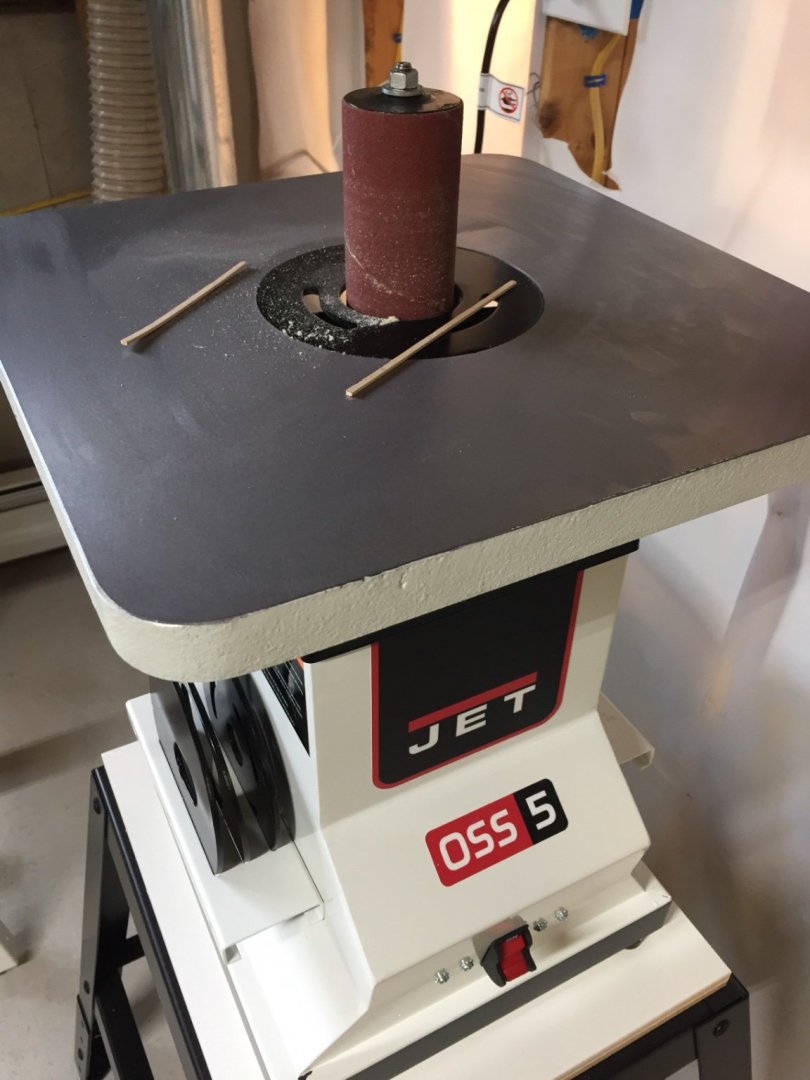
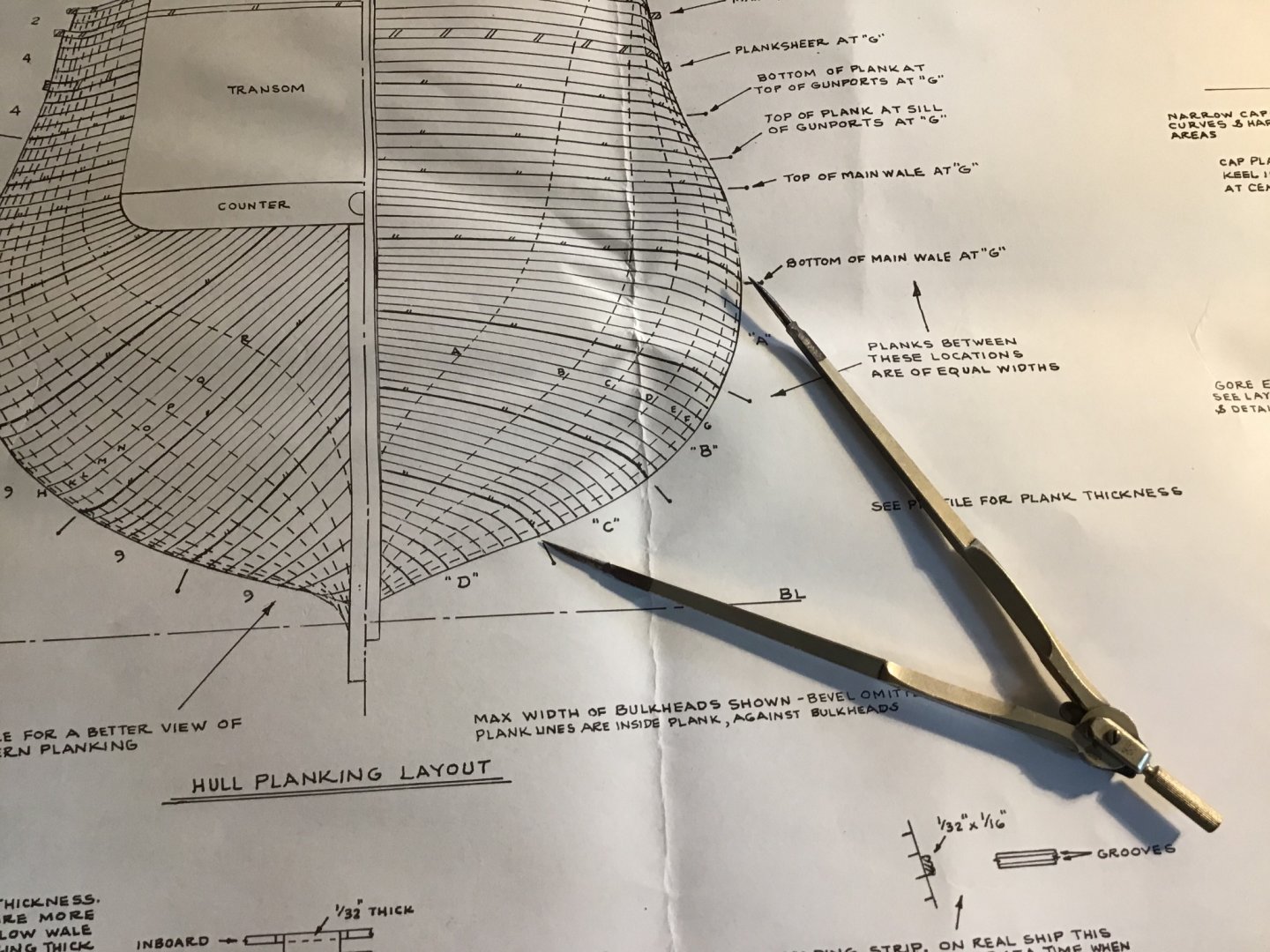
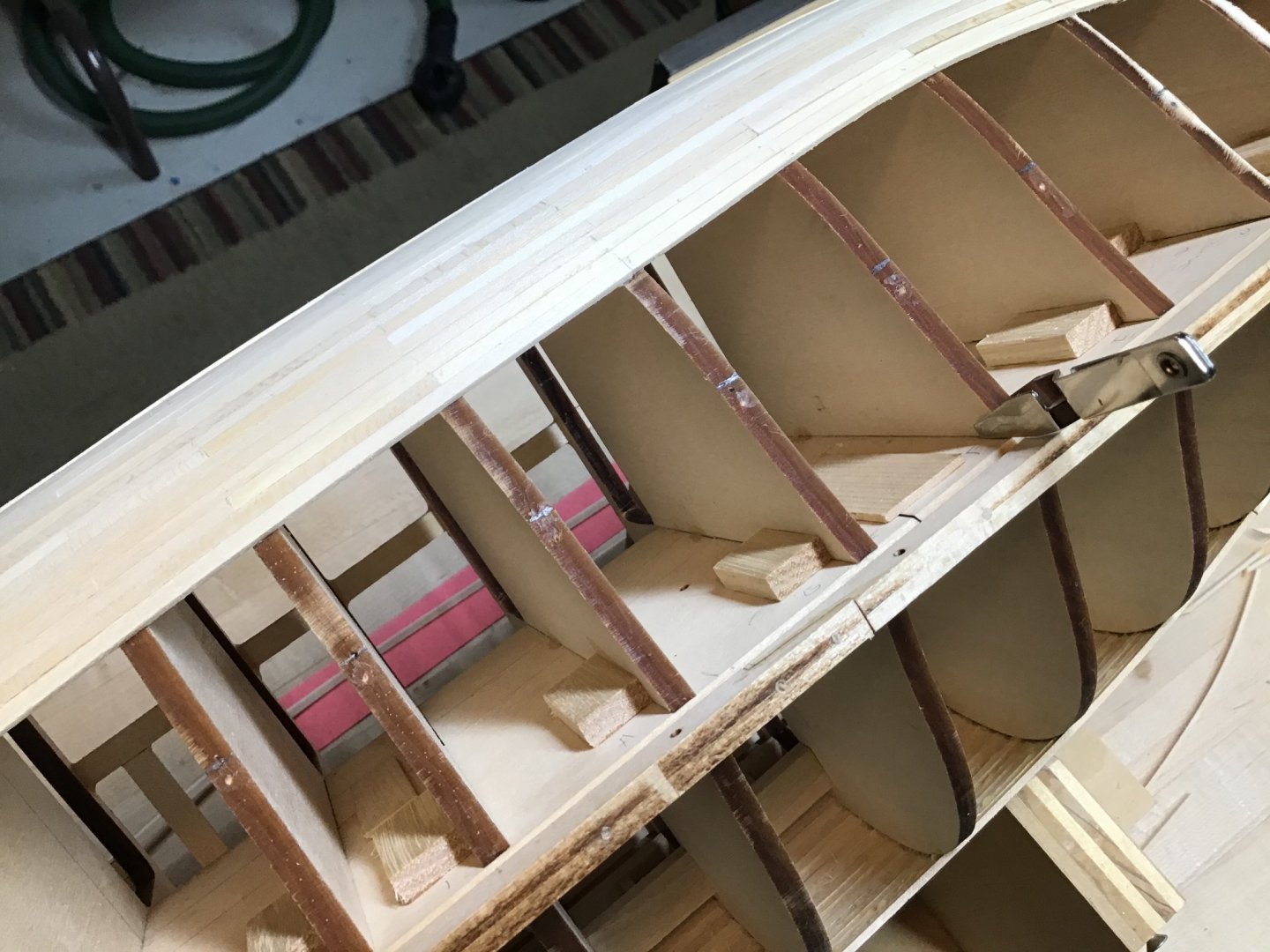
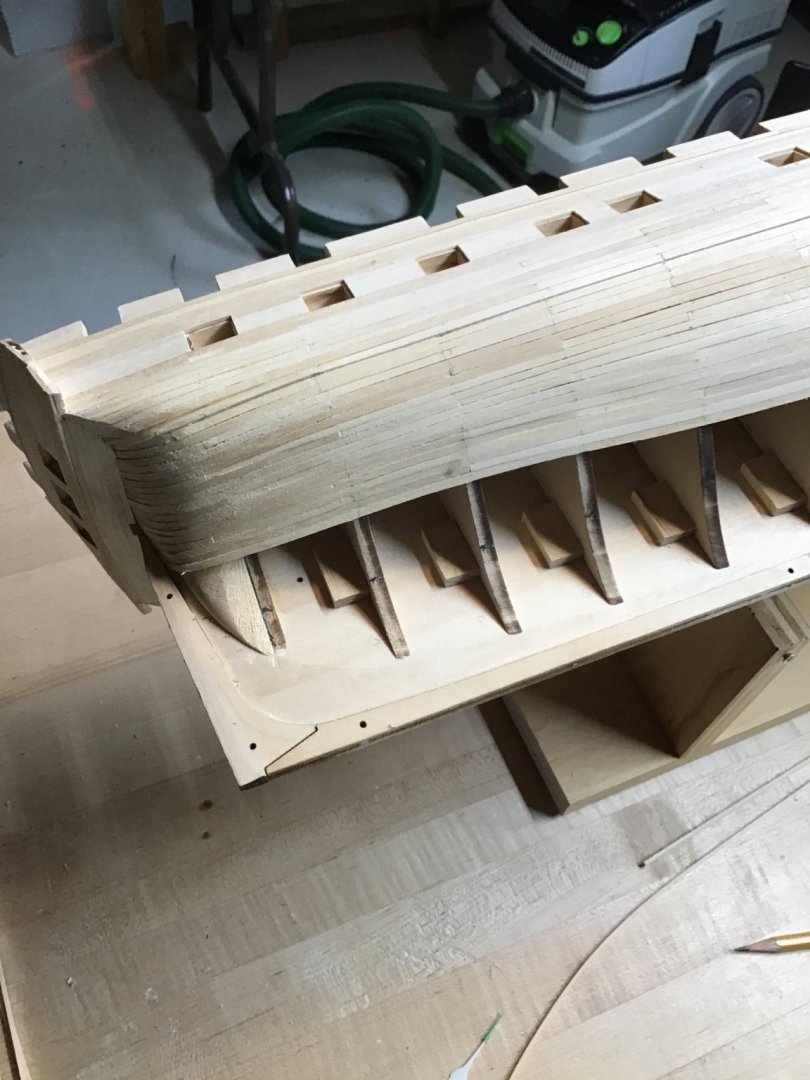
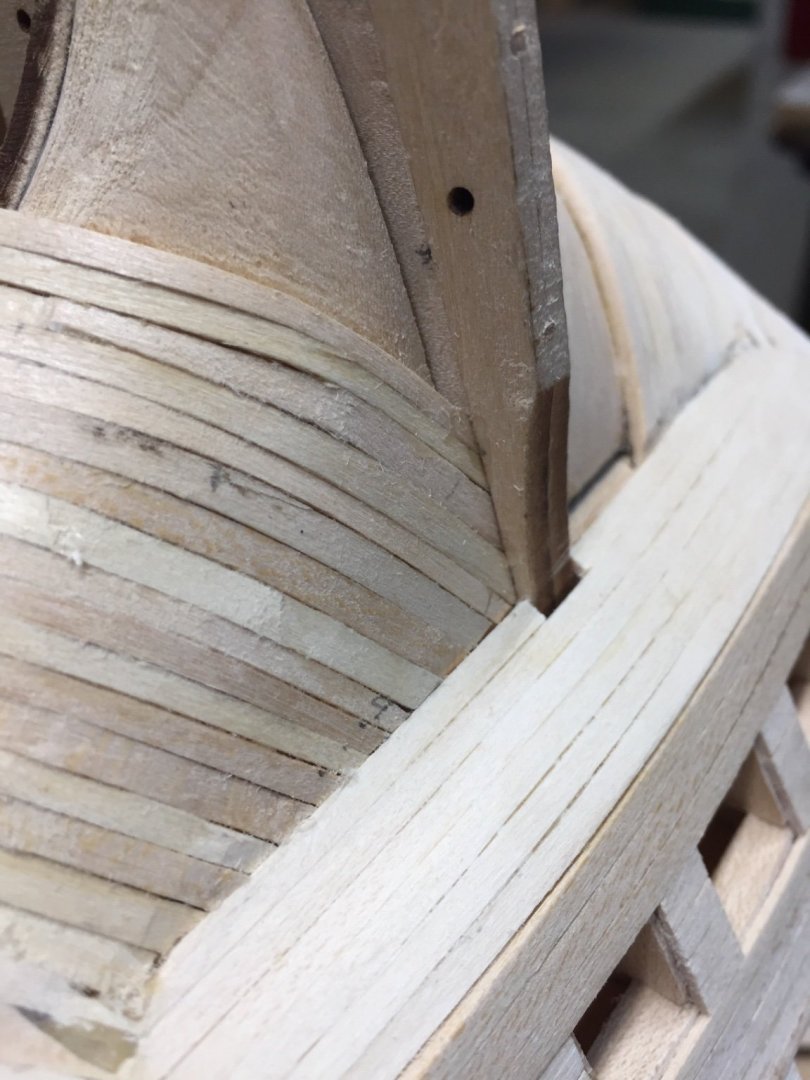
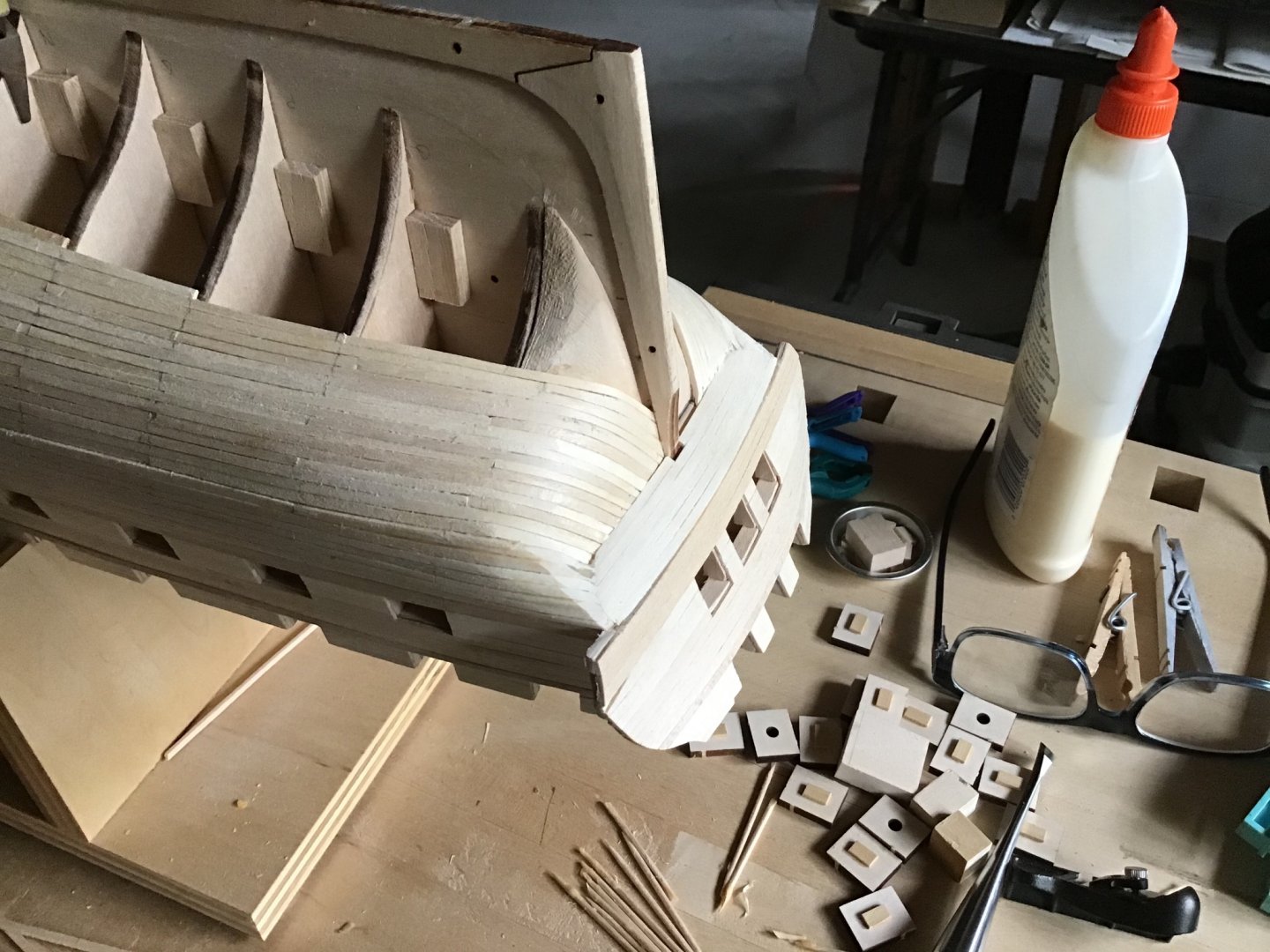

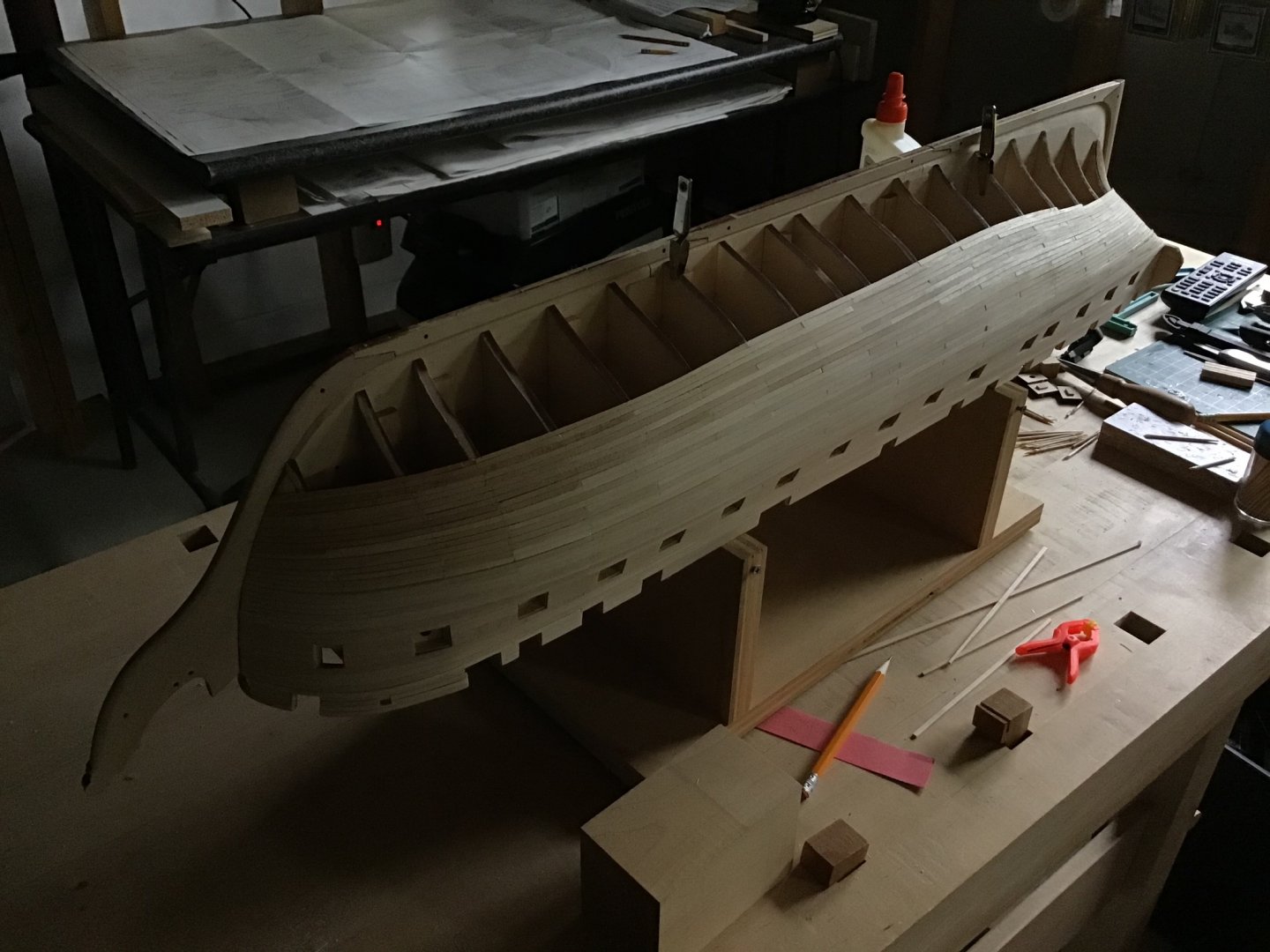
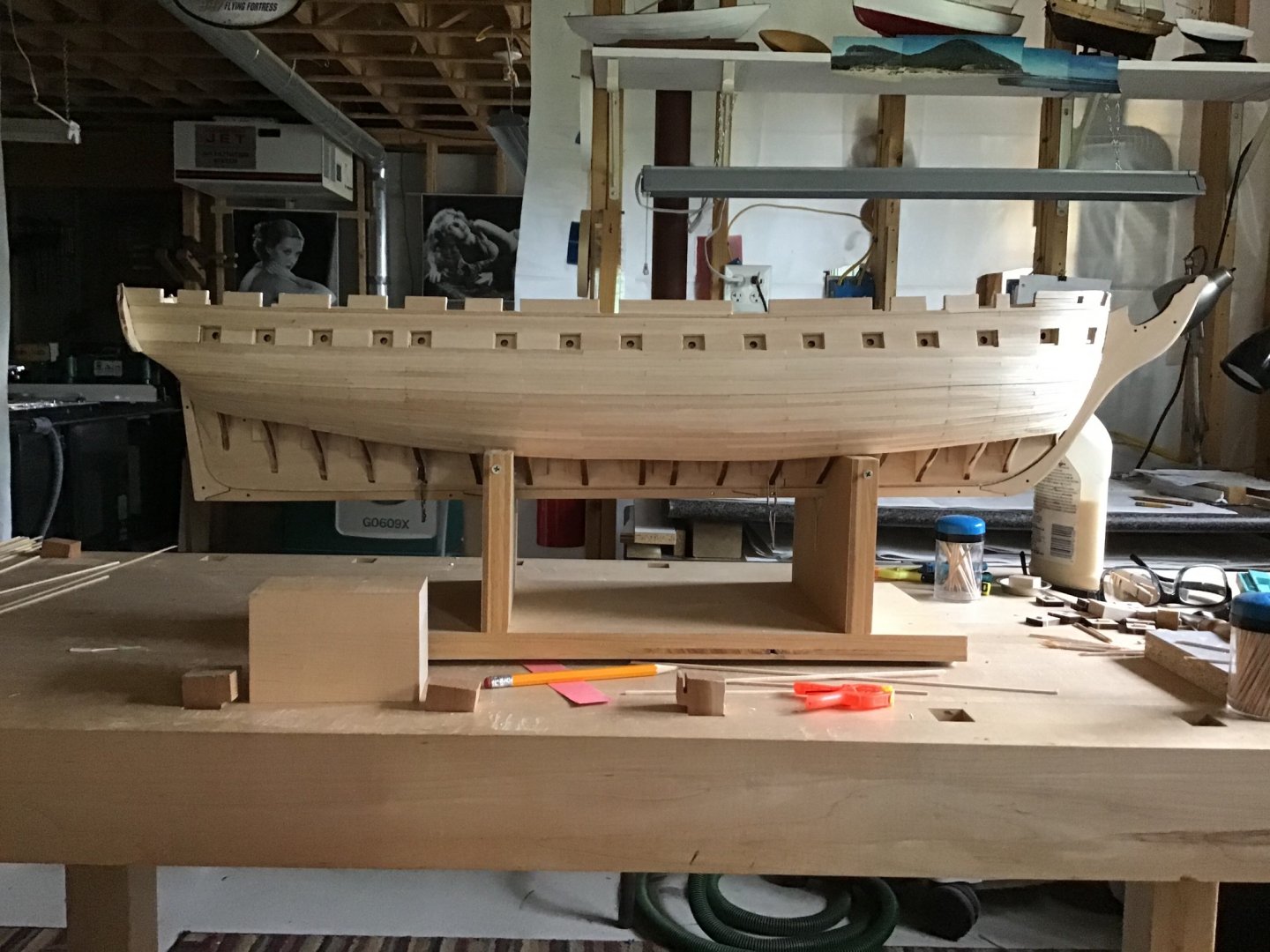
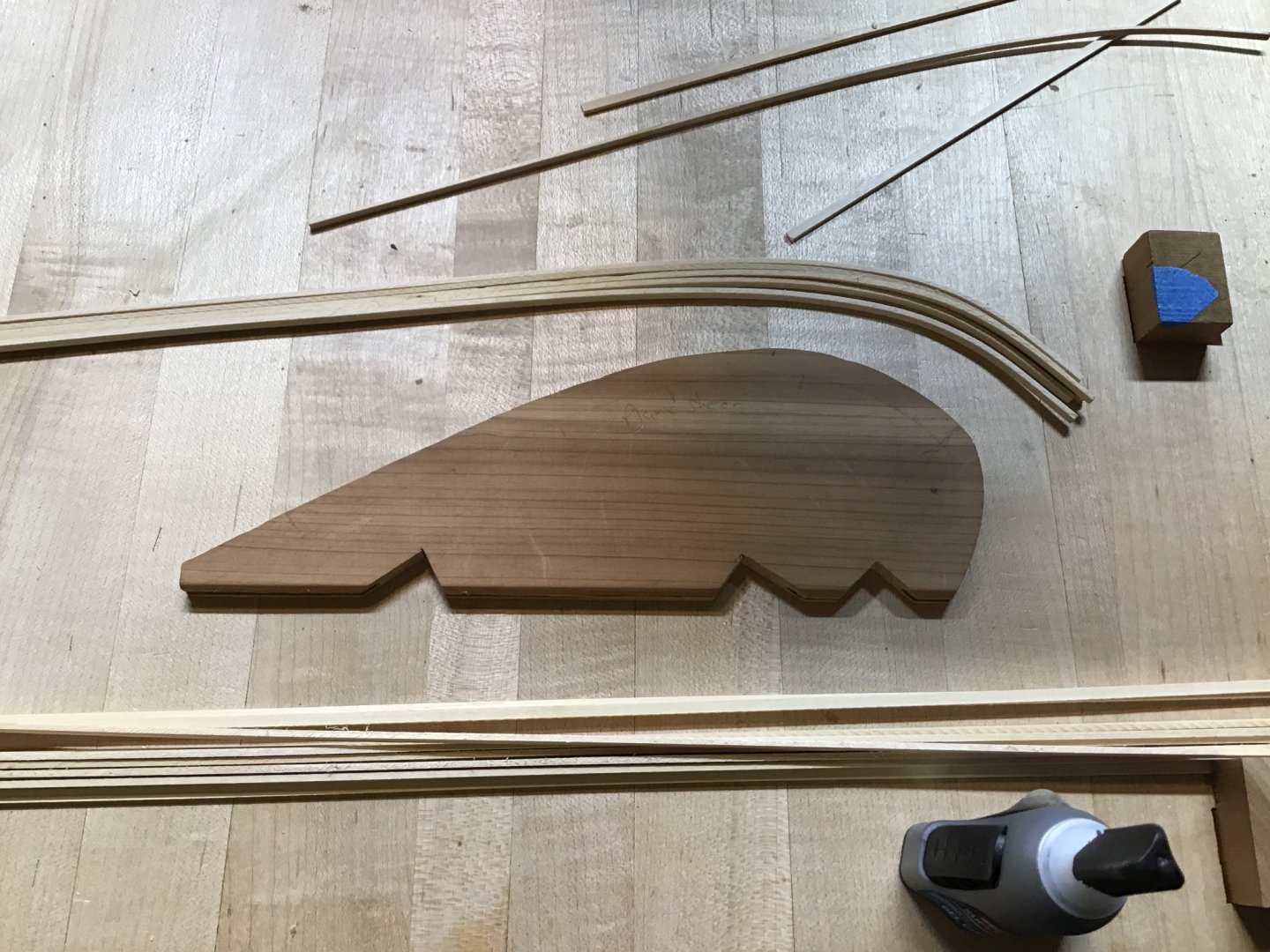
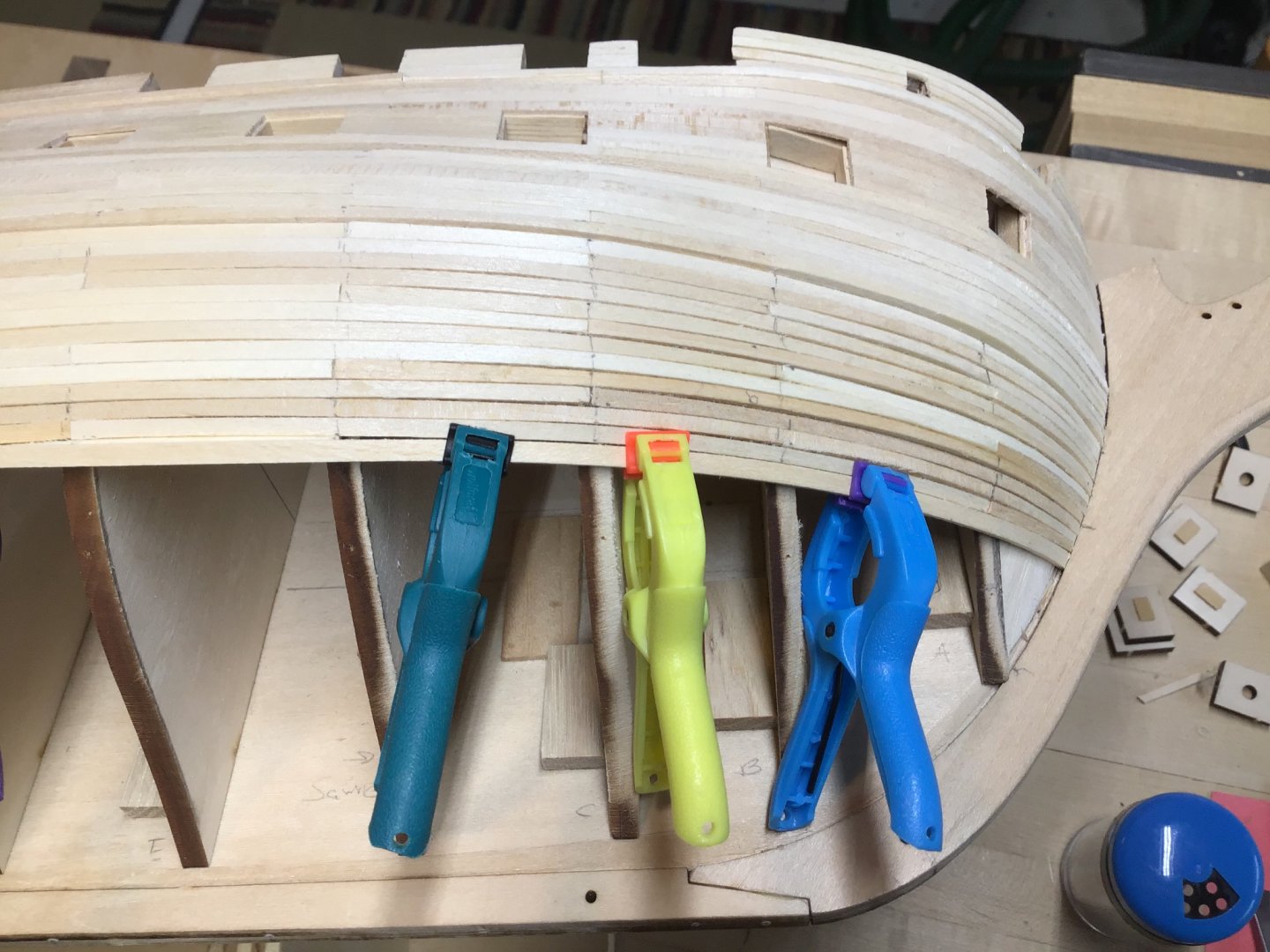
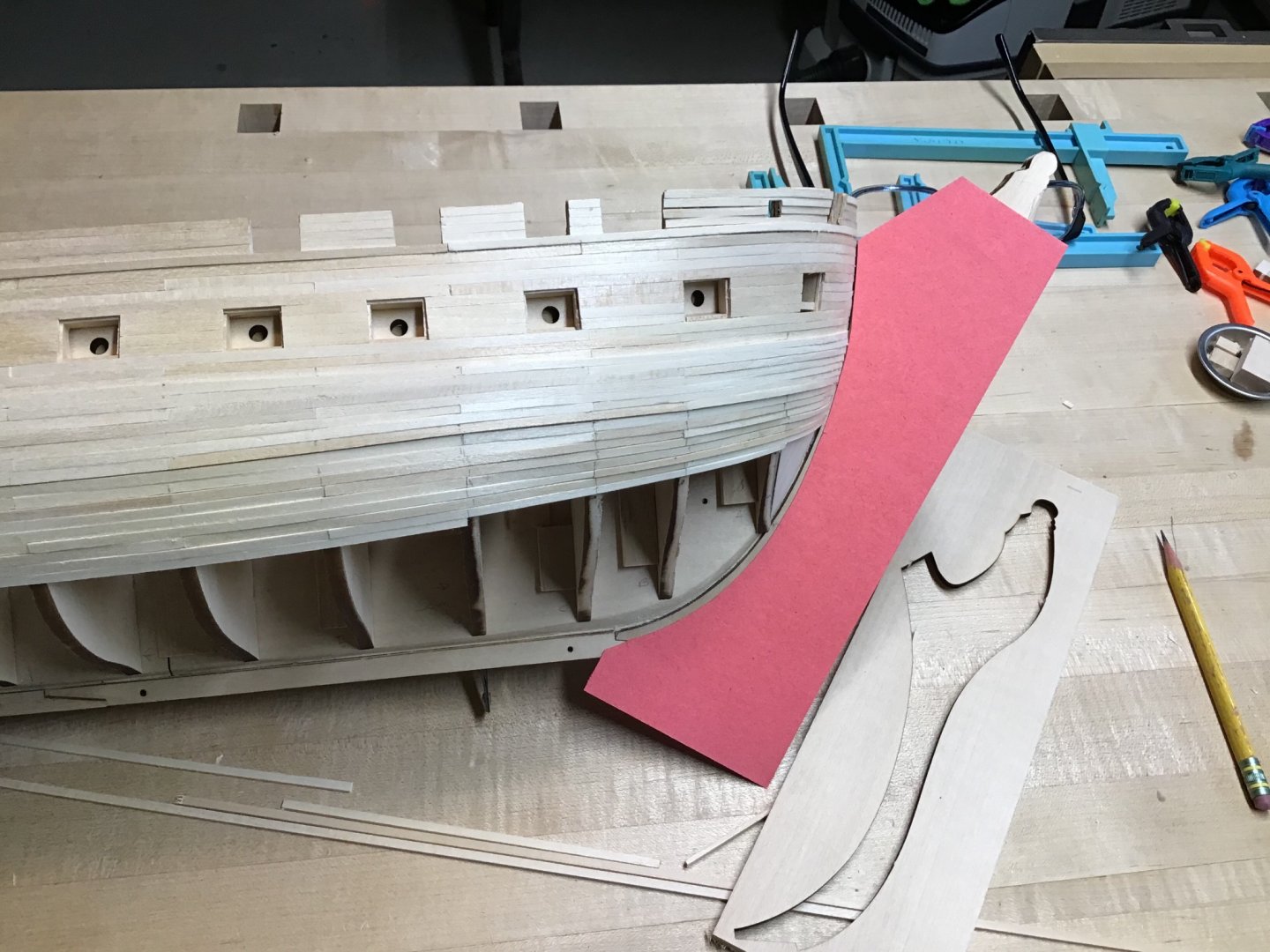
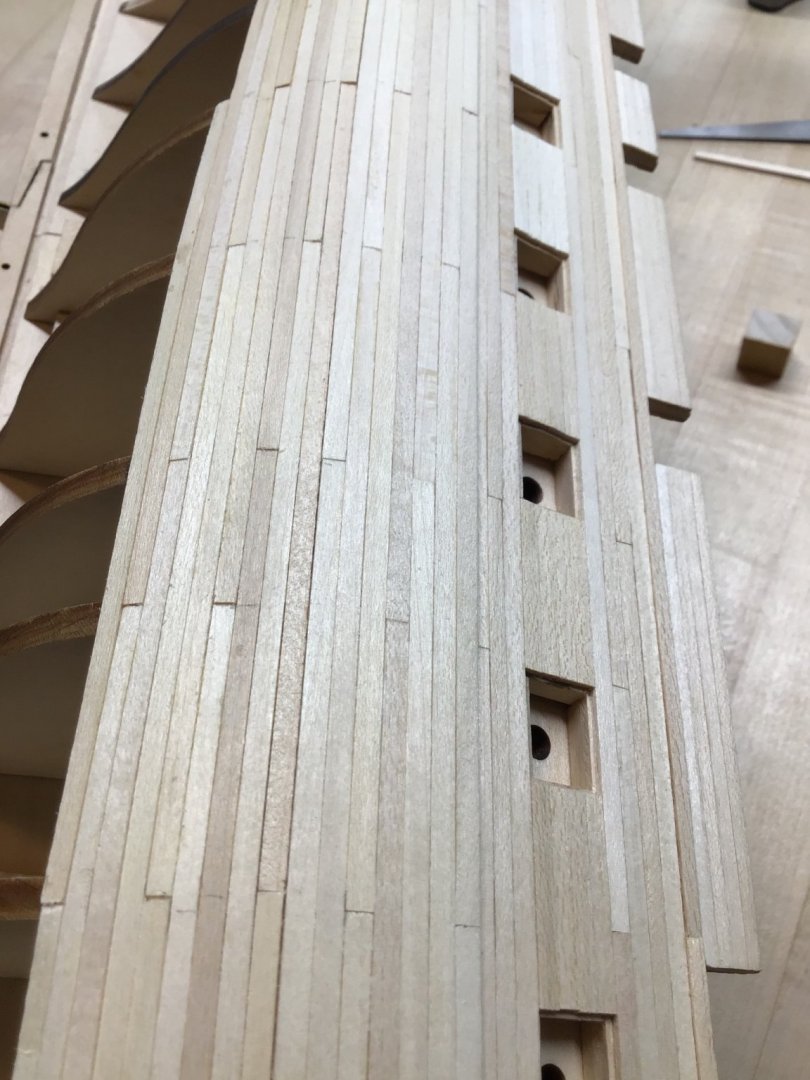
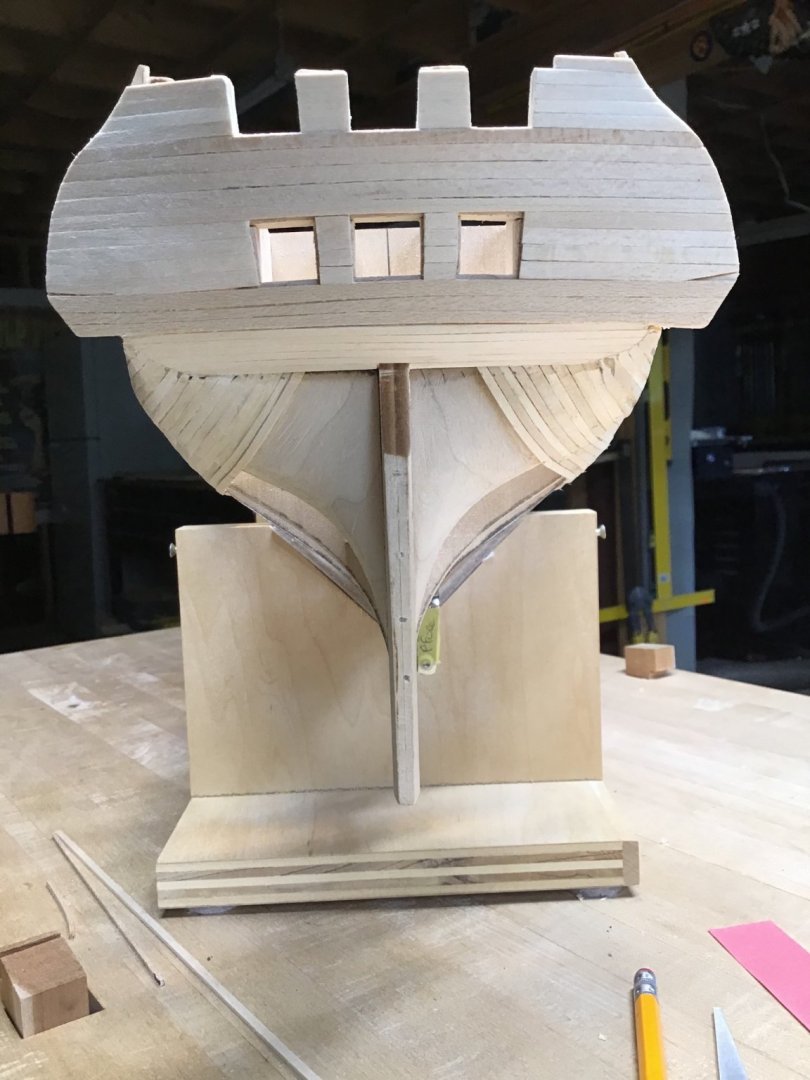
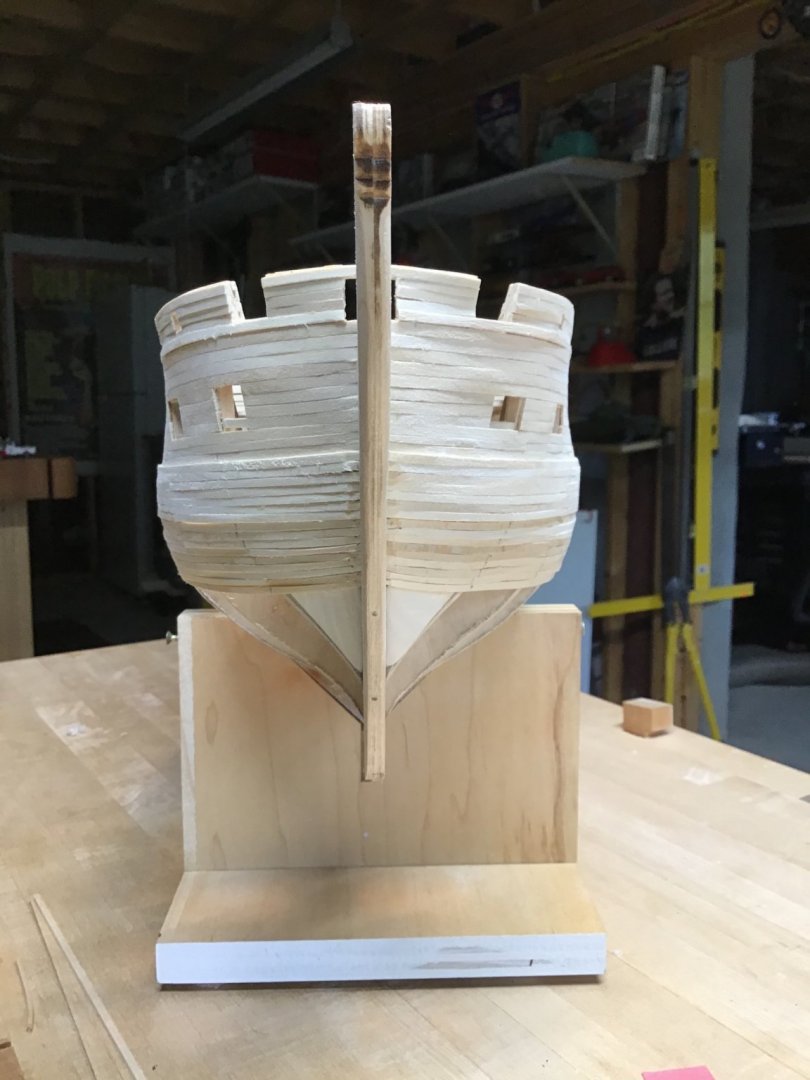

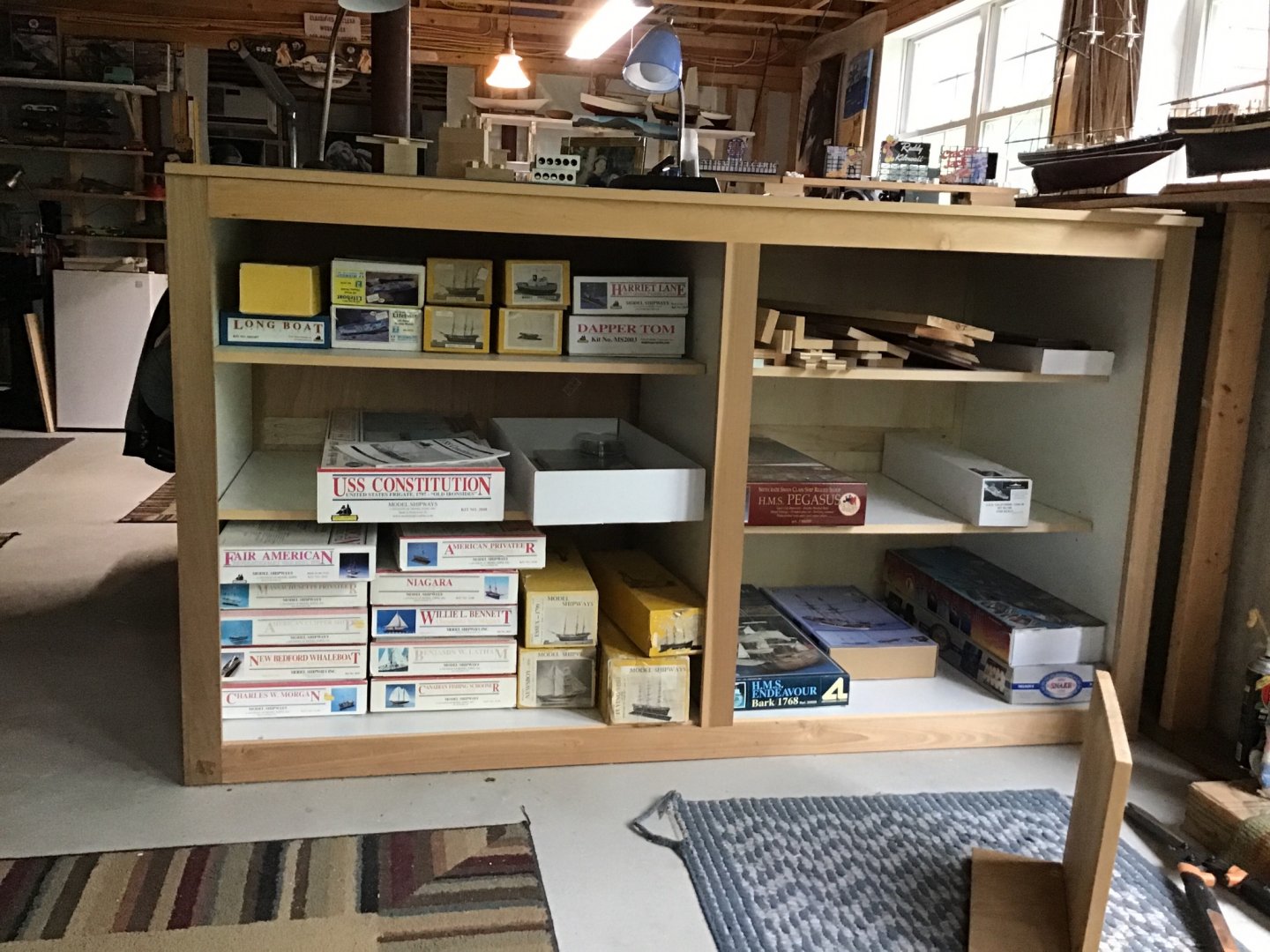
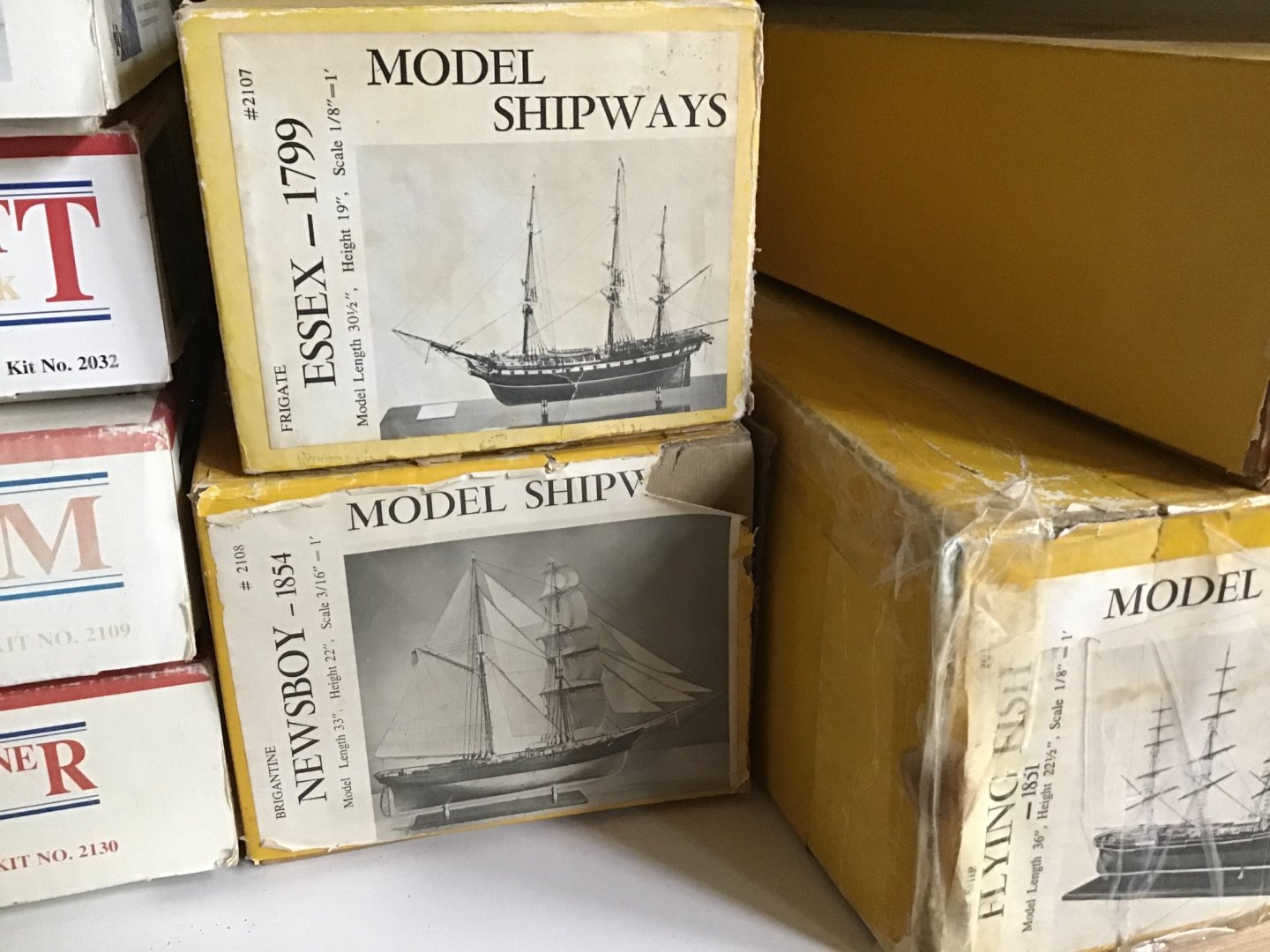
HMS Sphinx 1775 by James H - FINISHED - Vanguard Models - 1:64
in - Kit build logs for subjects built from 1751 - 1800
Posted · Edited by ERS Rich
grammar!
Hello,
Have enjoyed looking through this log several times. Thank you!
The design and construction reminds me of fine furniture. That is the core is a less expensive wood, popular in furniture, MDF in this case; with a veneer of expensive wood. It’s a smart technique that’s been used for centuries.
Another advantage of this kit is less time is spent on the tedious shipbuilding tasks, like say cutting and fitting of small bits of wood associated with hull and bulwark construction.
More time can be spent on say the rigging, and adding additional detail - if that’s necessary, because as others have said what the kit offers out of the box is exceptional.
Another thought is the design goes easy on the builder - for example the breakaway bulkhead on the stern that protects the bulkhead ears. This means the builder is setup for success.
Time is priceless. What normally takes many months for the skilled builder or even years for a newcomer, can be accomplished in weeks.
This design solves the biggest problem with model shipbuilding - most people give up before finishing the ship.
This fine, unique kit may seem expensive, but in my opinion the time savings, quality, and ultimately the satisfaction, make the kit well worth the price. Tremendous value.
Congratulations on your ingenious design Mr. Watton. You certainly have made a significant and remarkable contribution to the craft.